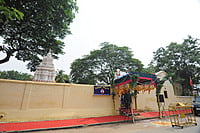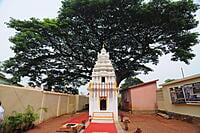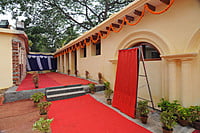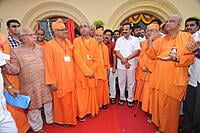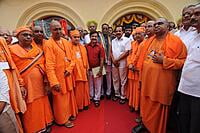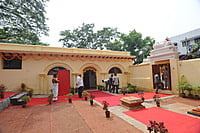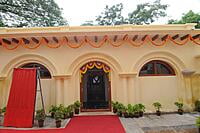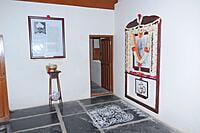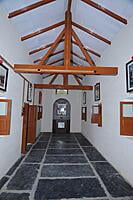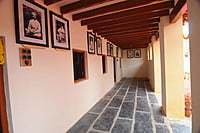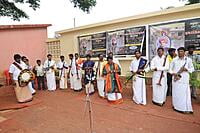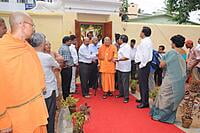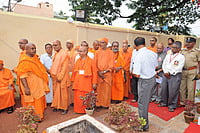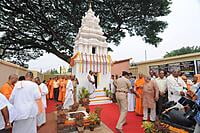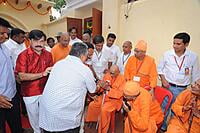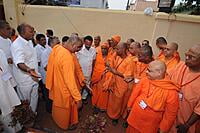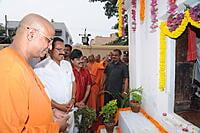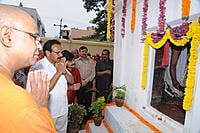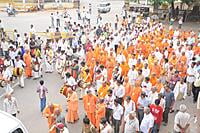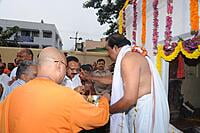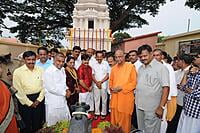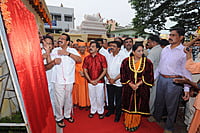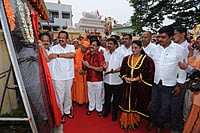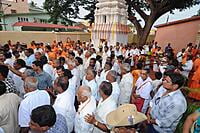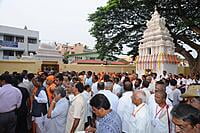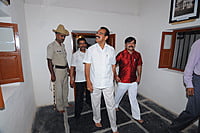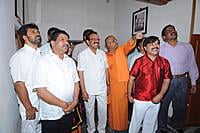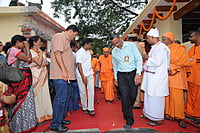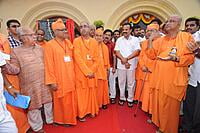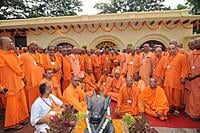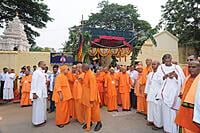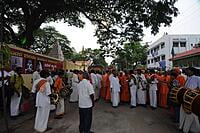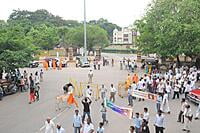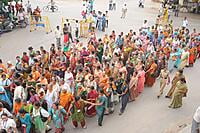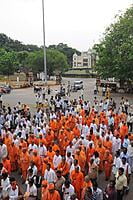- Swami Vivekananda, as a wandering monk, visited Mysore in November 1892 and established a personal rapport with Dewan Sheshadri Iyer, the then Maharaja of Mysore, His Highness Sri Chamaraja Wodeyar.
- It was during his stay in Mysore, that Swamiji first decided to participate in the World Parliament of Religions to be held in Chicago in 1893. The Maharaja readily offered to defray Swamiji's expenses for travel. Thus, Mysore became the Sankalpa Bhoomi where Swamiji first resolved to participate in the World Parliament of Religions, an important epoch in his life. It is on this premises that the proposed youth centre as a memorial for Swami Vivekananda’s historic visit to Mysuru is planned.
Proposal by The National Committee headed by the then Prime Minister of India
- In May 2010, The National Committee, under the Chairmanship of the then Prime Minister, Sri. Manmohan Singhji, decided to commemorate Swami Vivekananda's 150th birth anniversary in 2013, by a number of service programs and also by establishing inspirational centres for youth at the places where Swamiji had stayed.
- In response to this call, along with other service programs, the Government of Karnataka decided to start a Swami Vivekananda Cultural Youth Centre as a befitting memorial to Swamiji's historic visit to Mysore at the place where Swamiji had stayed – namely, the Anathalaya (formerly Niranjana Math) located right in the heart of the city and in close proximity to the educational institutions serving more than 10,000 students.
- The Government of Karnataka chose Sri Ramakrishna Ashrama, Mysuru to build this Youth Centre and conduct courses beneficial to the youth. The Ashrama is now in a position to begin the project, after overcoming numerous legal and other hurdles over a period of nine years.
Swami Vivekananda Cultural Youth Centre – A Road Map to Serve the Youth
- To impart the above in a perennial manner, the following infrastructure is contemplated at the Centre:
- a covered amphitheater seating 600 people for youth interaction, - a smaller central hall for assembly and prayers,
- an immersive experience museum on the life and teachings of Swami Vivekananda, and his visit to Mysore.
- class rooms for conducting short term courses to the youth in various areas - skills development, mind management, the art of human relationship and such other subjects relevant to the youth which are complementary to academic learning,
- a tourist guidance space consisting of audio-visual display on the Life and Teachings of Swami Vivekananda, a section for language and communication skills development, - a mini hall for yoga and meditation,
- a special training cell for rural youth, - a well-equipped library, - study rooms to prepare for competitive exams, - mini conference rooms for group discussions, - a book exhibition, - an office and administrative unit.
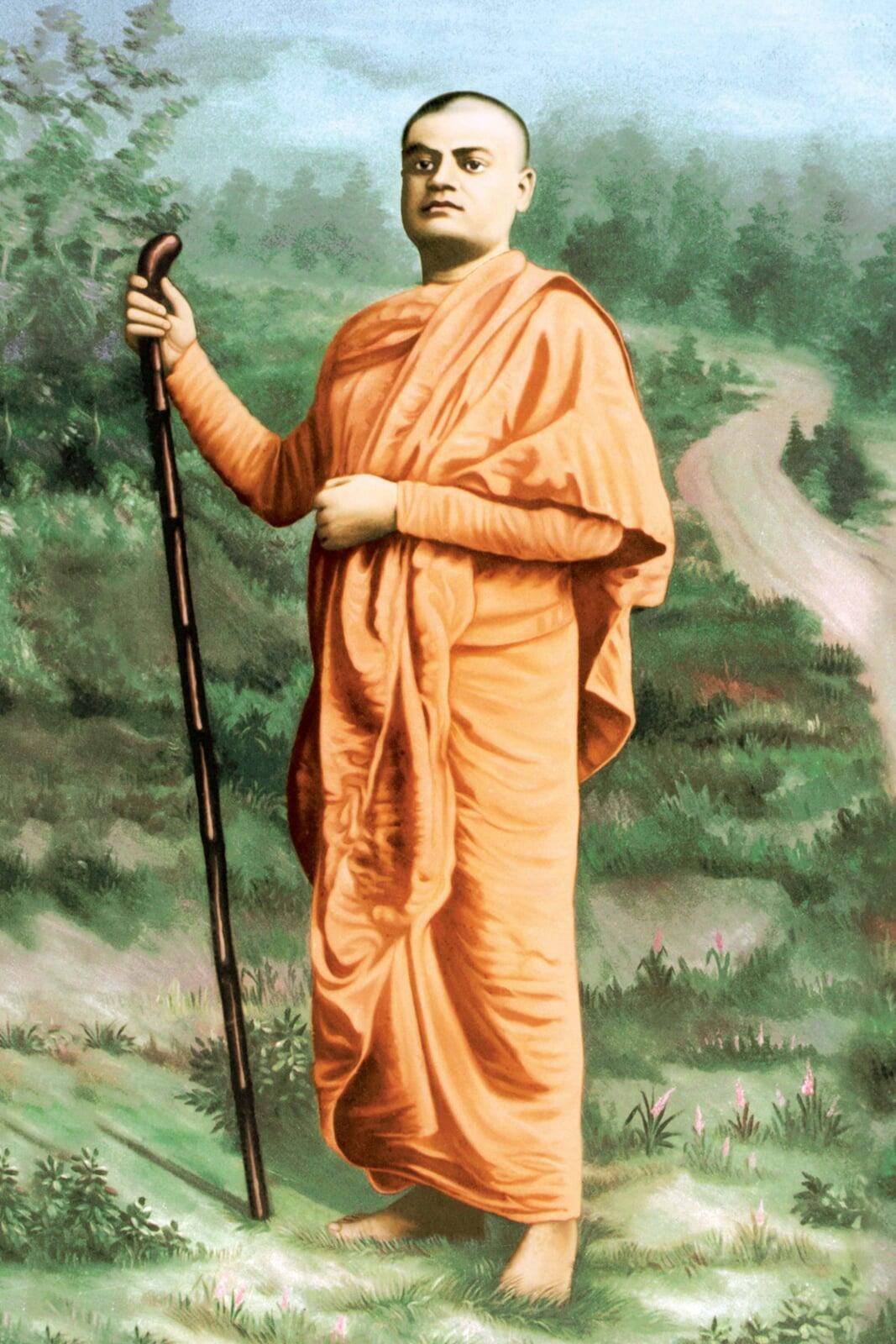
Appeal for Donation
We believe that the Swami Vivekananda Cultural Youth Centre (Viveka Smaraka) is a noble endeavour that will inspire, enable and transform thousands of young men and women in the coming years. We, therefore, request your kind self to extend your generous financial support to build the Swami Vivekananda Cultural Youth Centre (Viveka Smaraka) and participate in this noble cause.
Donations to the Sri Ramakrishna Ashrama are exempt from Income Tax under Section 80G of the IT Act, 1961
We believe that the Swami Vivekananda Cultural Youth Centre (Viveka Smaraka) is a noble endeavour that will inspire, enable and transform thousands of young men and women in the coming years. We, therefore, request your kind self to extend your generous financial support to build the Swami Vivekananda Cultural Youth Centre (Viveka Smaraka) and participate in this noble cause.
Donations to the Sri Ramakrishna Ashrama are exempt from Income Tax under Section 80G of the IT Act, 1961
Bhoomi Puja Function Photos
Title
Caption
Title
Caption
Title
Caption
Title
Caption
Title
Caption
Title
Caption
Title
Caption
Title
Caption
Title
Caption
Title
Caption
Title
Caption
Title
Caption
Title
Caption
Title
Caption
Title
Caption
Title
Caption
Title
Caption
Title
Caption
Title
Caption
Title
Caption
Title
Caption
Title
Caption
Title
Caption
Title
Caption
Title
Caption
Title
Caption
Title
Caption
Title
Caption
Title
Caption
Title
Caption
Title
Caption
Title
Caption
Title
Caption
Title
Caption
Title
Caption
Title
Caption
Title
Caption
Title
Caption
Title
Caption
Title
Caption
Title
Caption
Title
Caption
Title
Caption
Title
Caption
Title
Caption
Title
Caption
Title
Caption
Title
Caption
Title
Caption
Title
Caption
Title
Caption
Title
Caption
Title
Caption
Title
Caption
Title
Caption
Title
Caption
Title
Caption
Title
Caption
Title
Caption

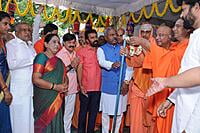
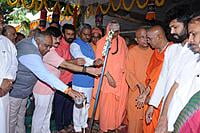
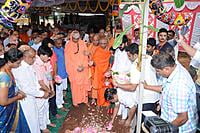
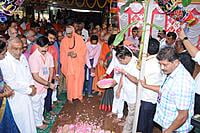

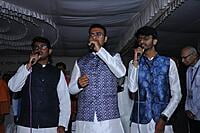
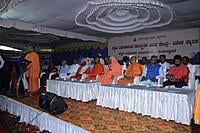
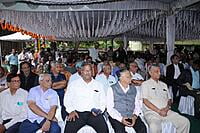
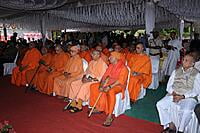

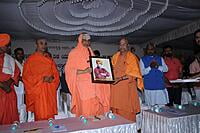
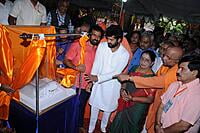
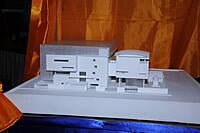
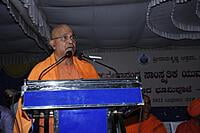

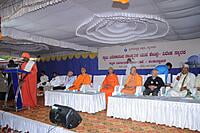
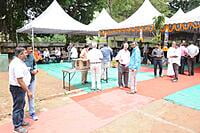
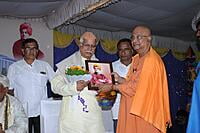
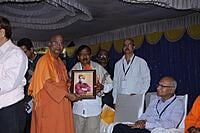
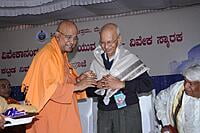
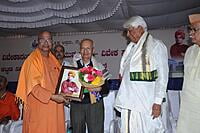
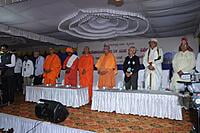
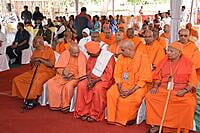
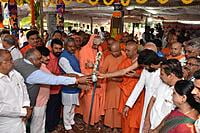
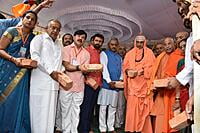
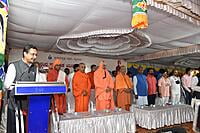
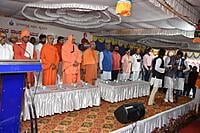
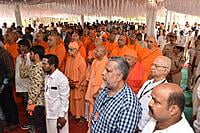
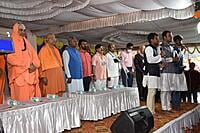
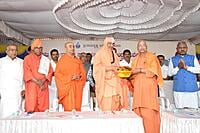
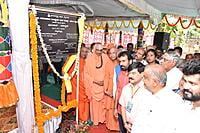
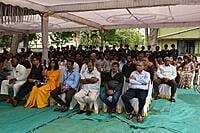
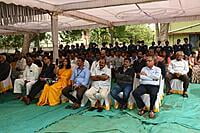
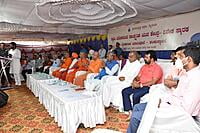
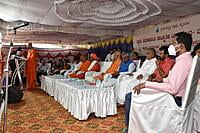

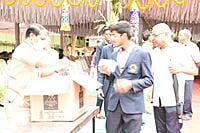

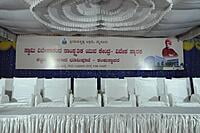
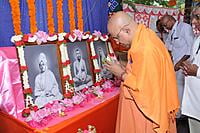
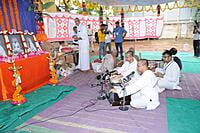
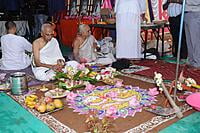
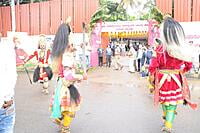
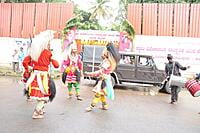
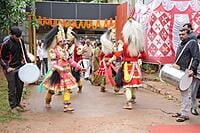
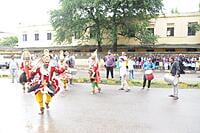
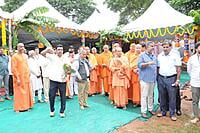

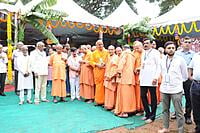
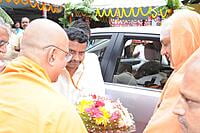
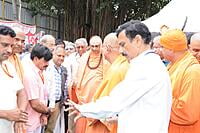
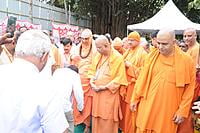
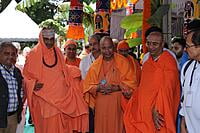
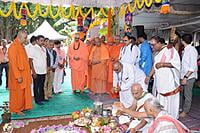
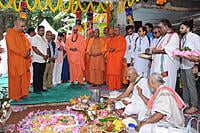
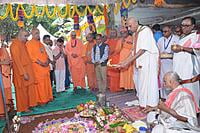
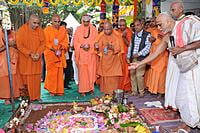
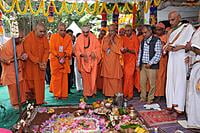
Inauguration of the Renovated Viveka Smraka on 22.04.2022
Inauguration of the Renovated Viveka Smraka on 22.04.2022
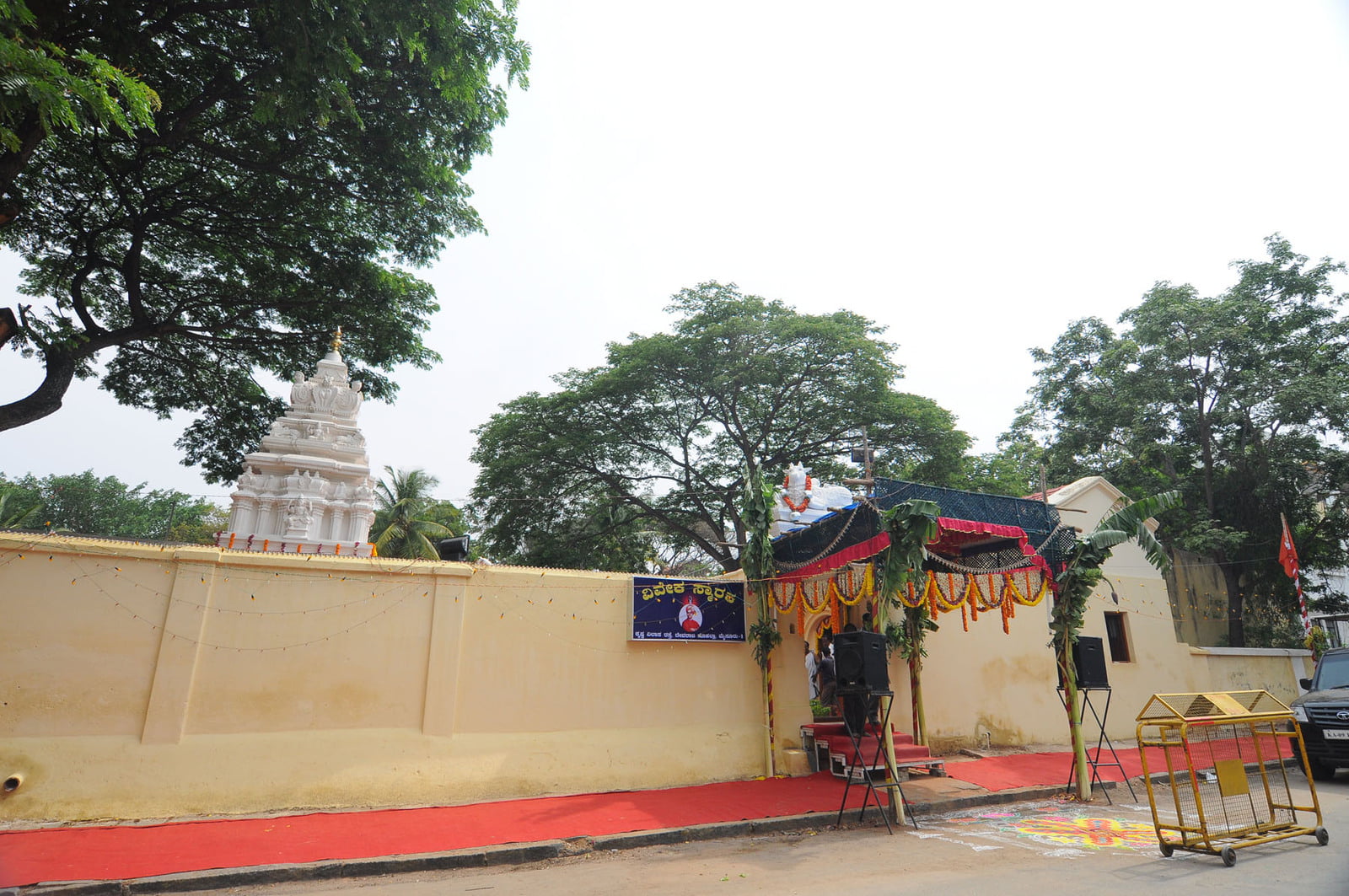
Title
Caption
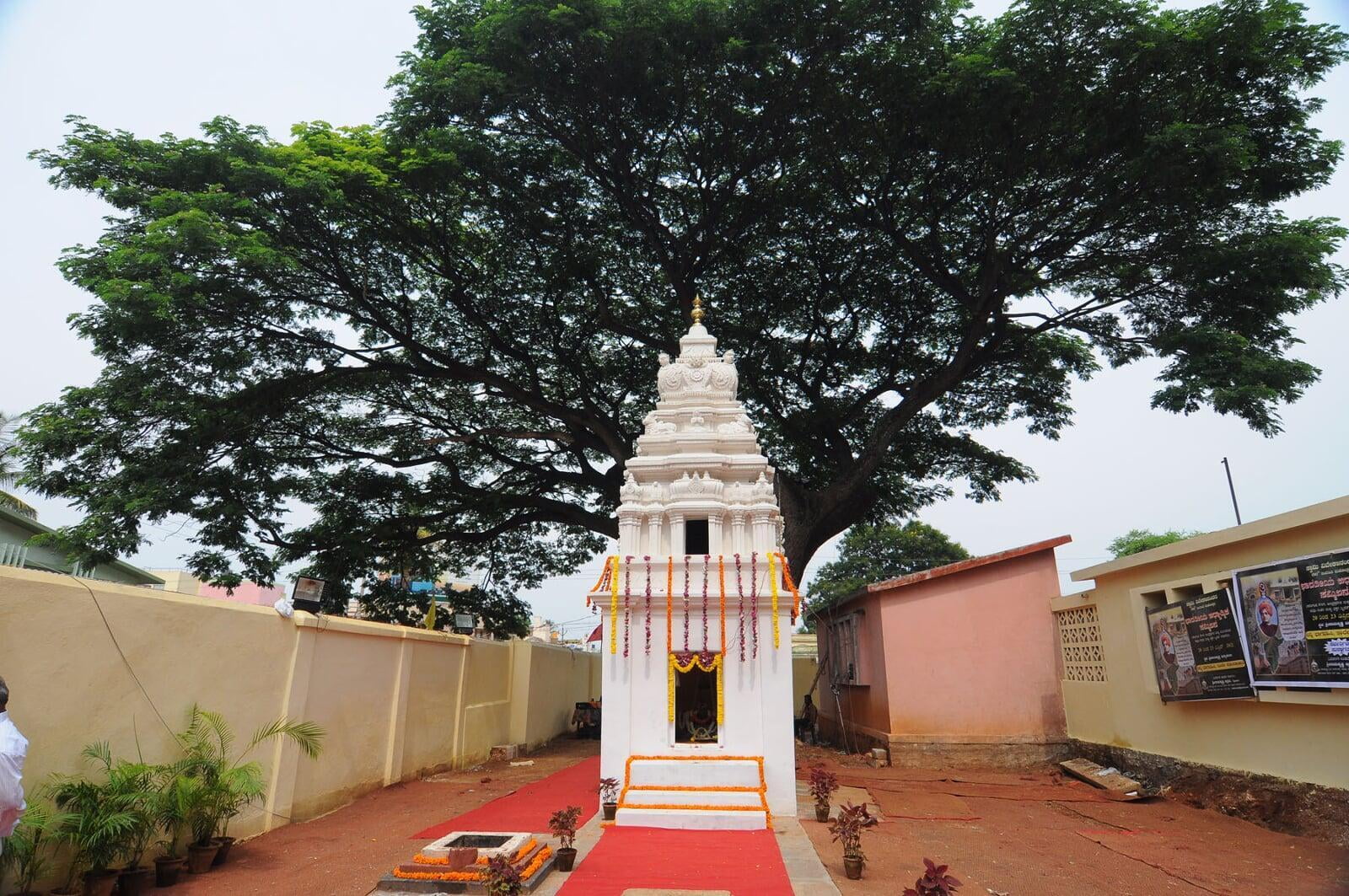
Title
Caption
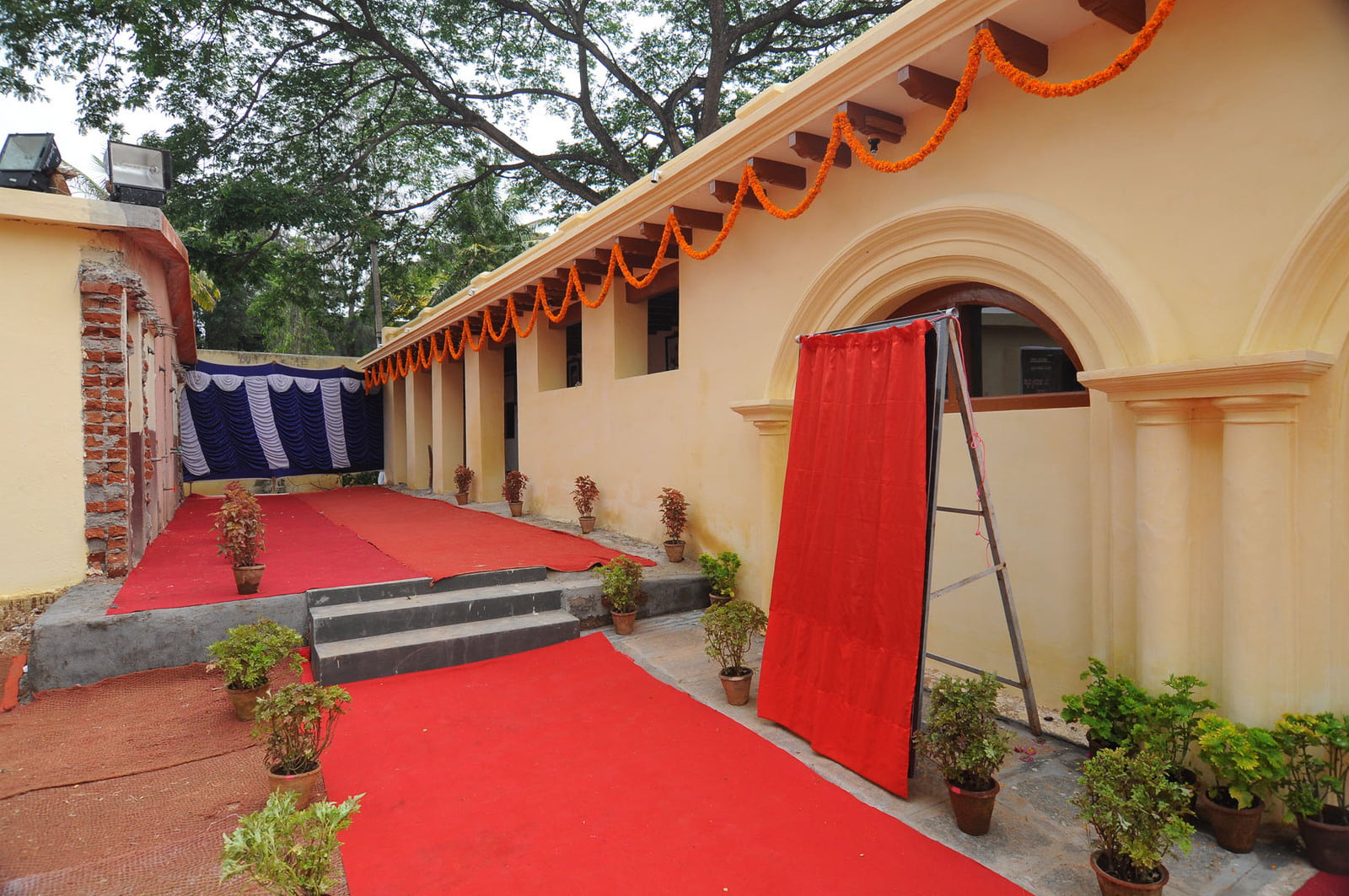
Title
Caption
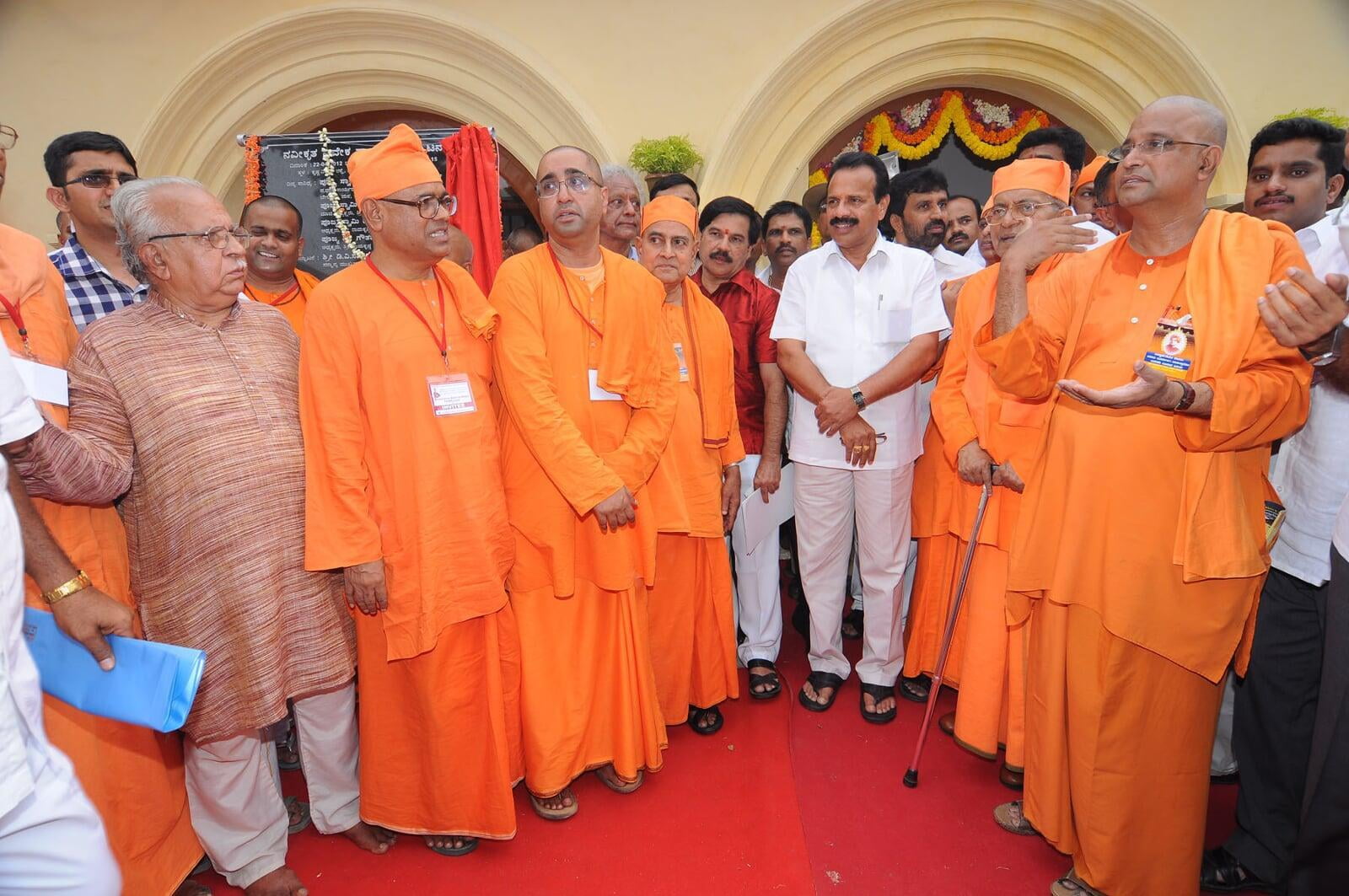
Title
Caption
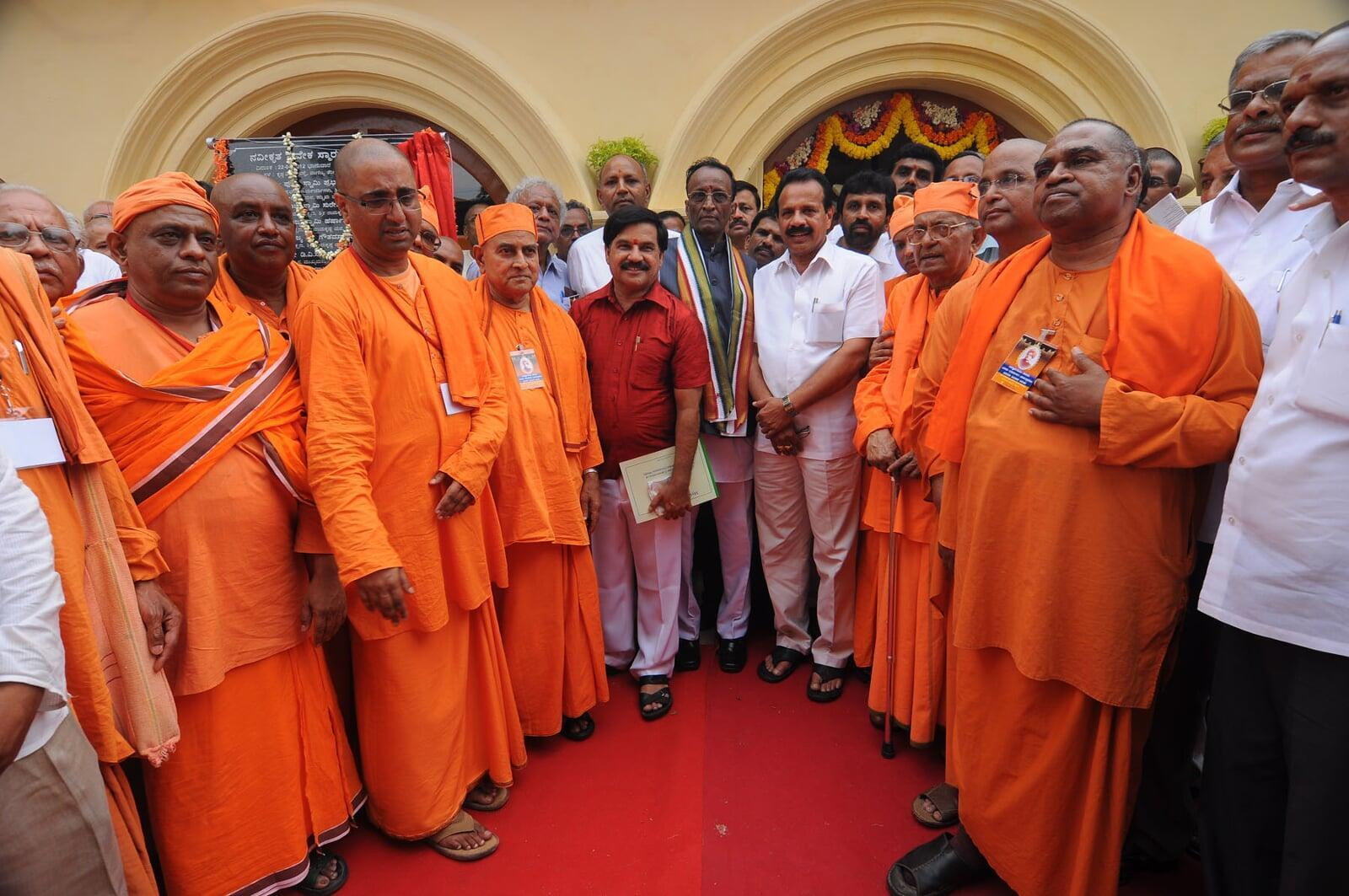
Title
Caption

Title
Caption

Title
Caption

Title
Caption

Title
Caption

Title
Caption

Title
Caption
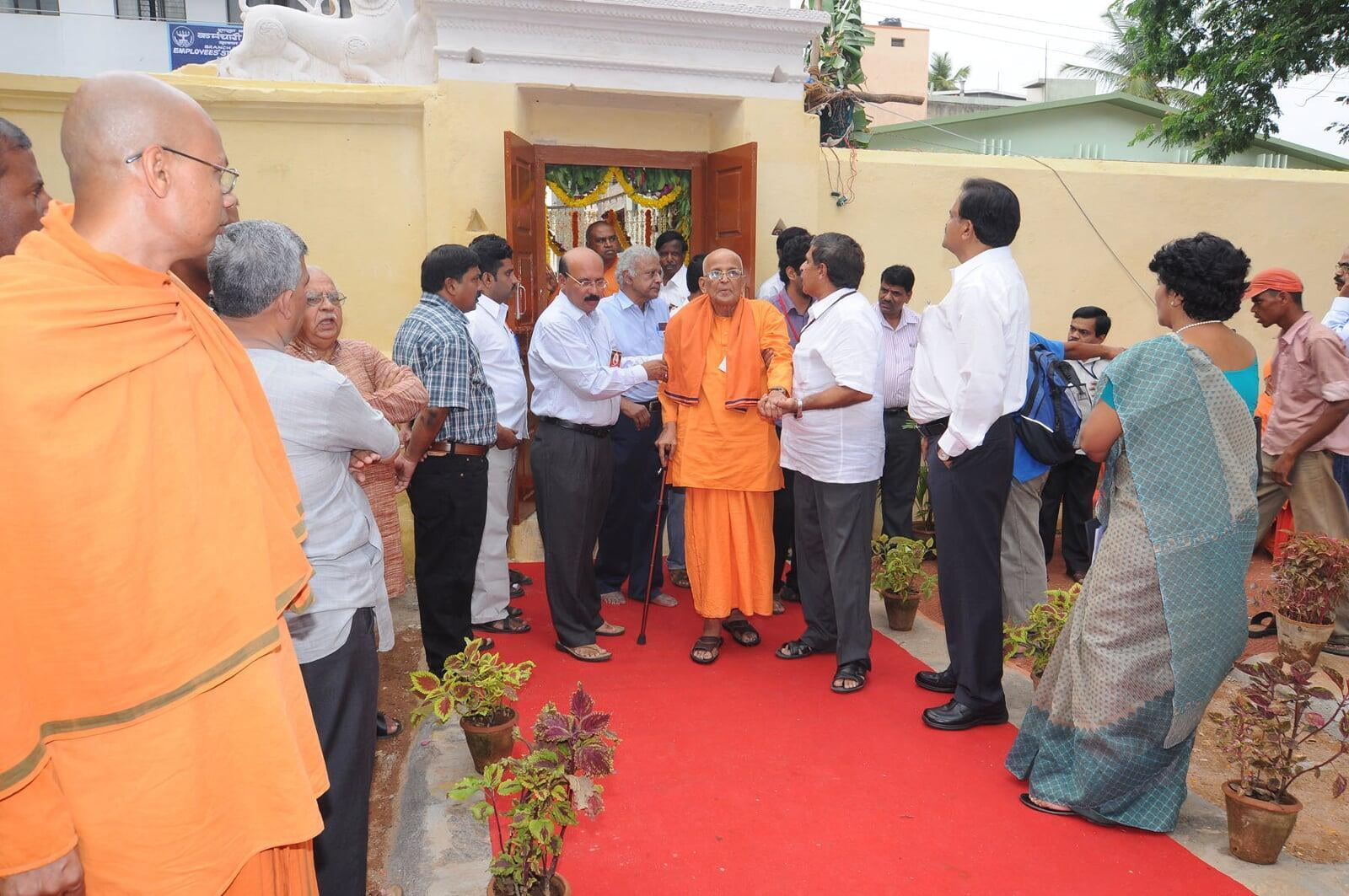
Title
Caption
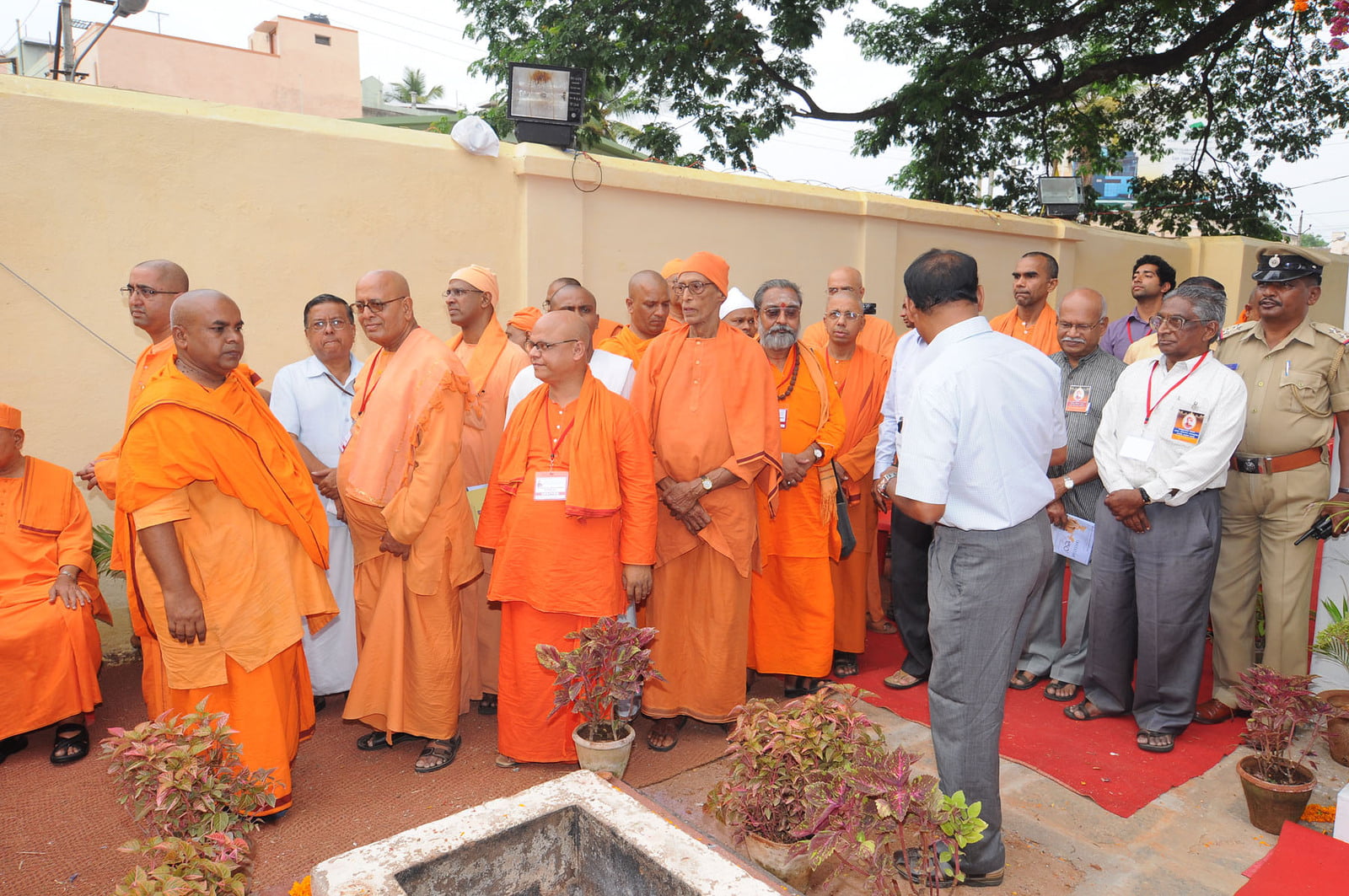
Title
Caption
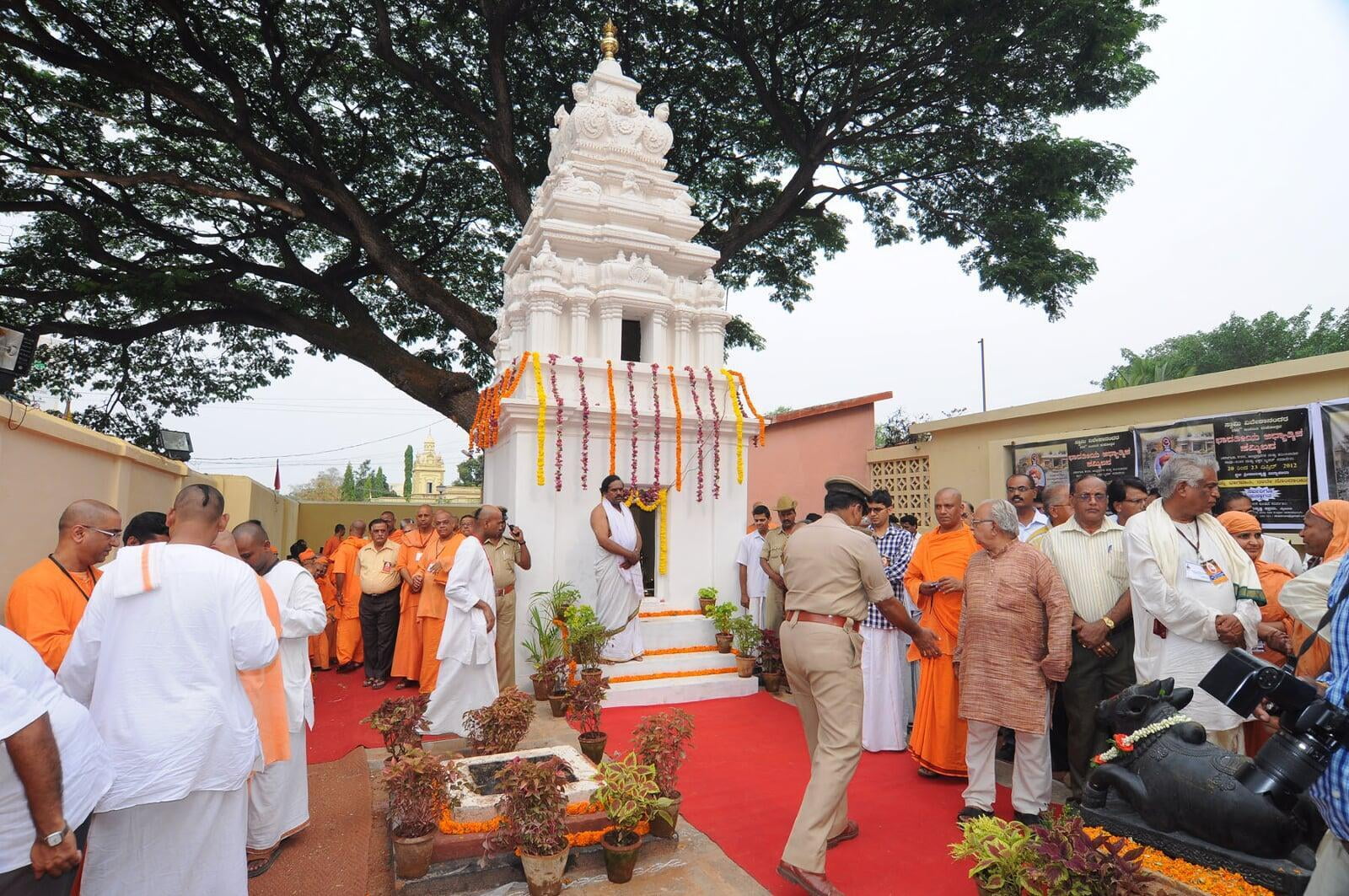
Title
Caption
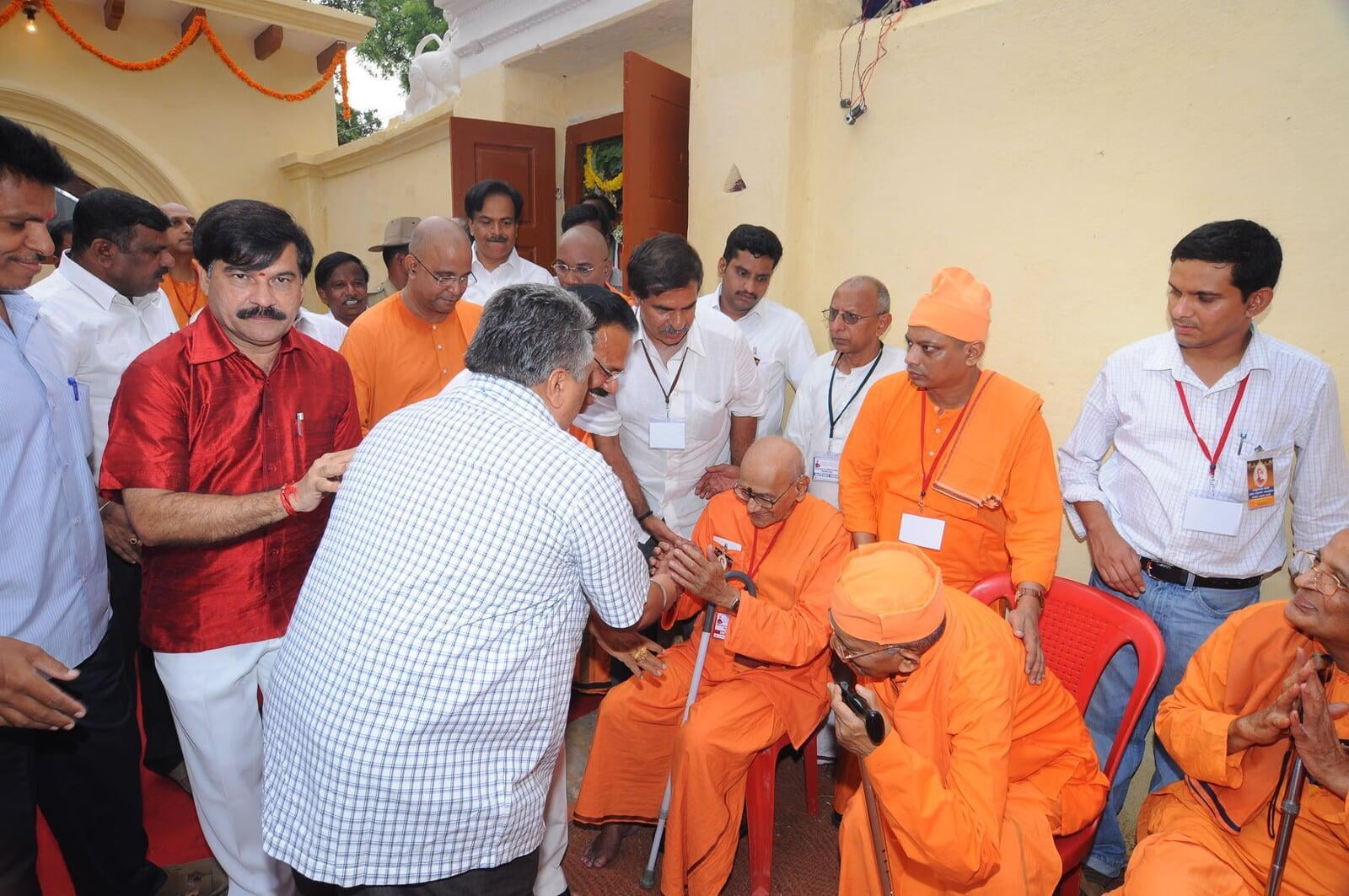
Title
Caption
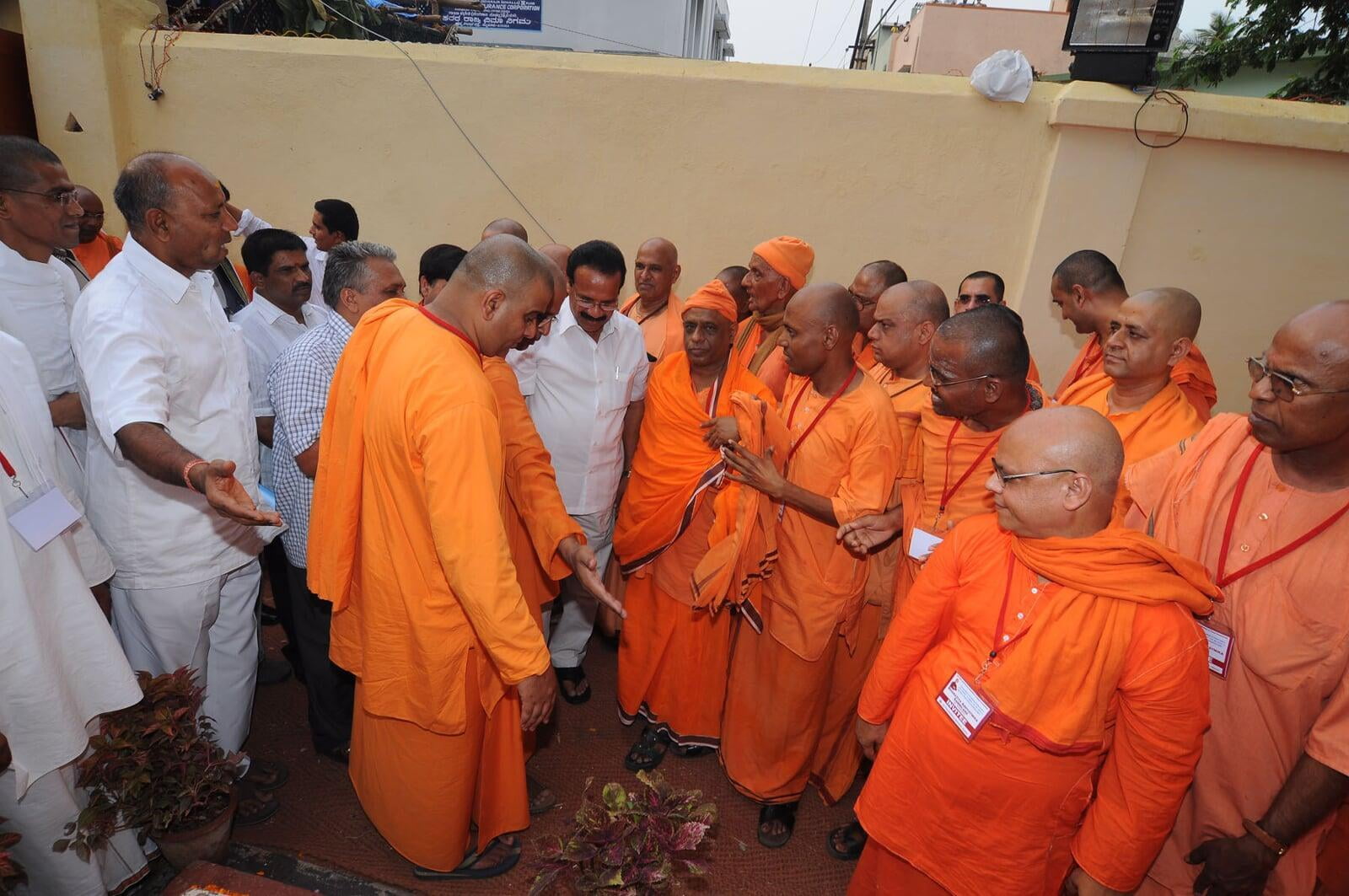
Title
Caption
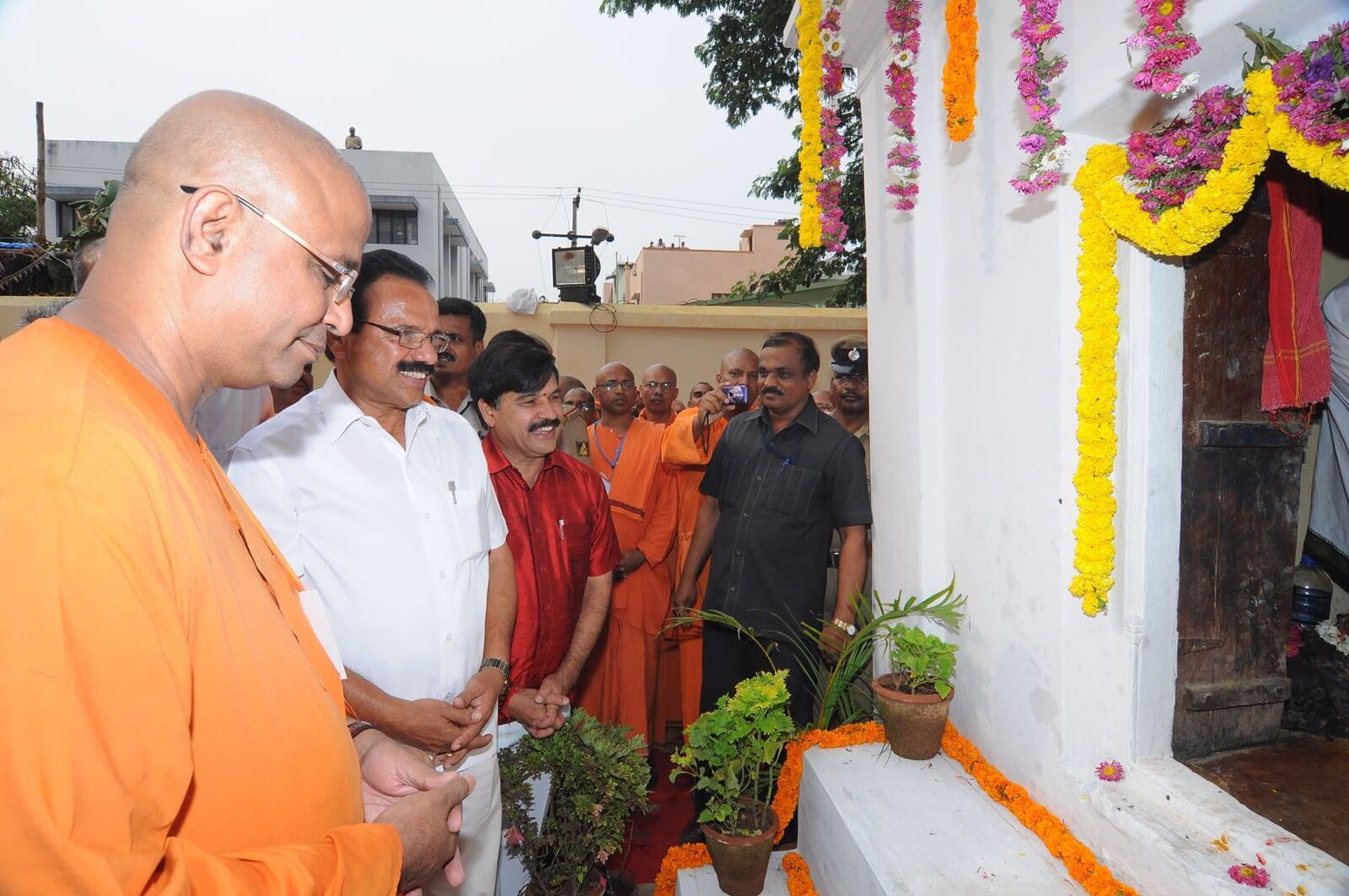
Title
Caption
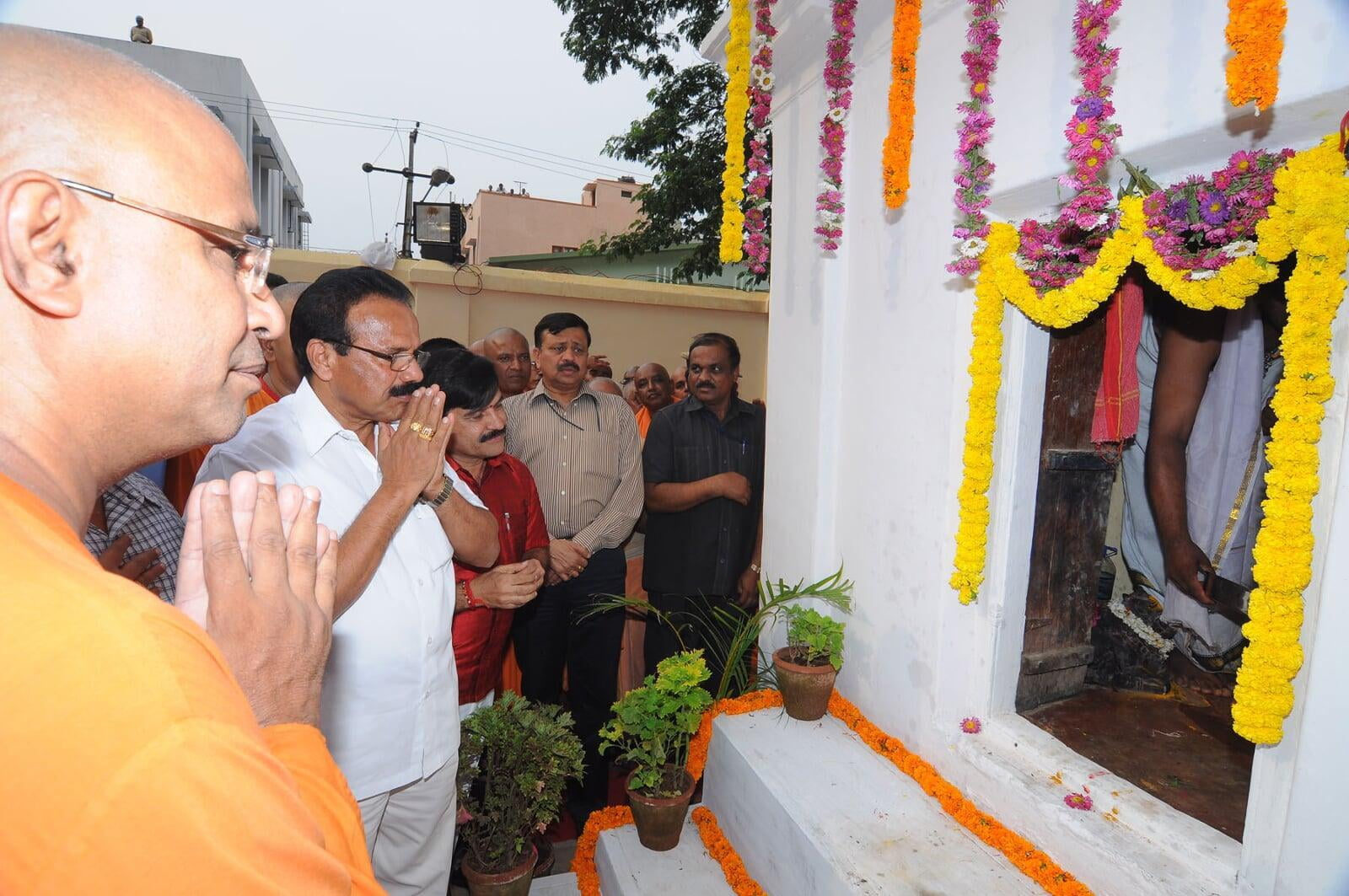
Title
Caption
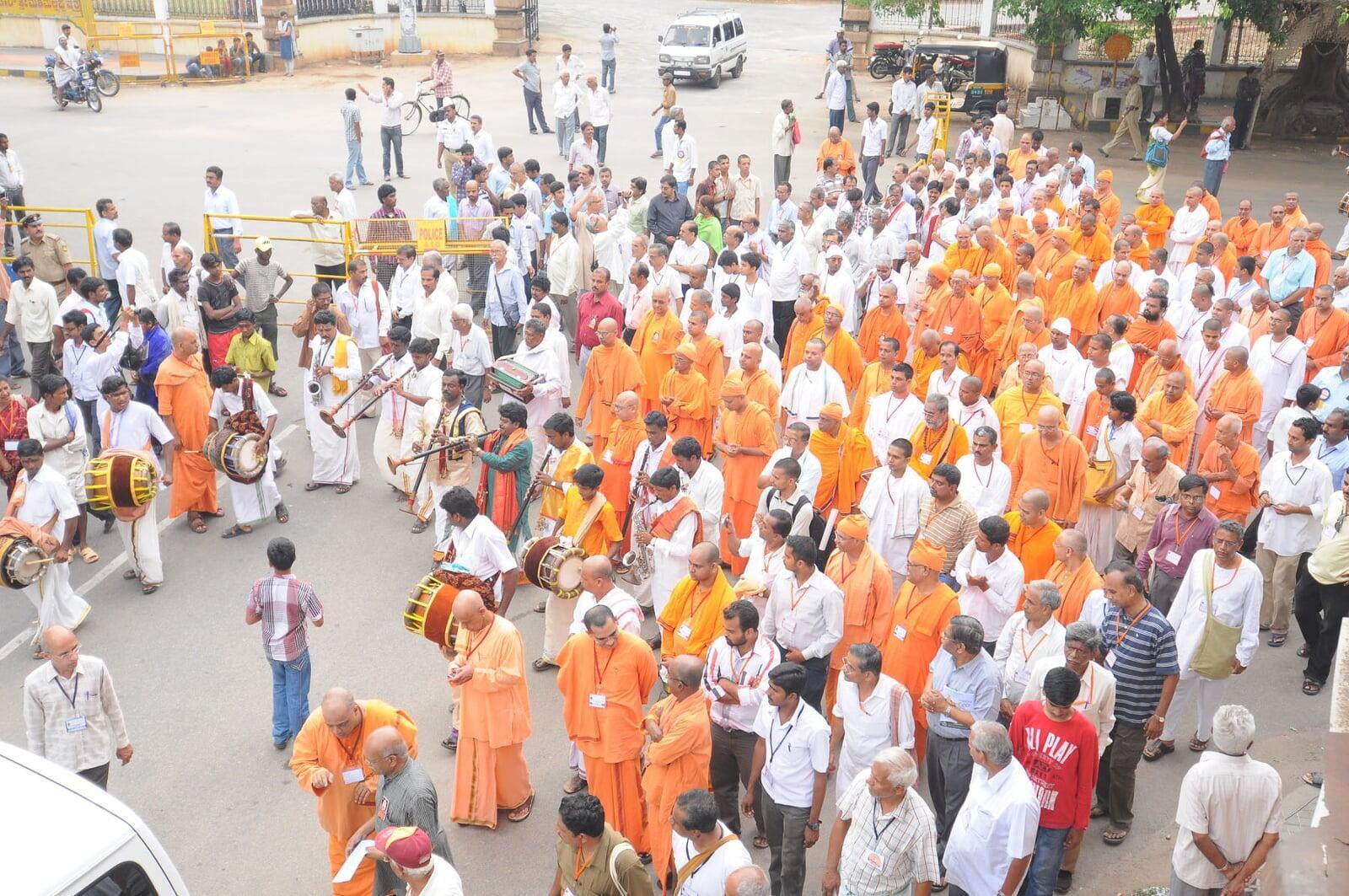
Title
Caption
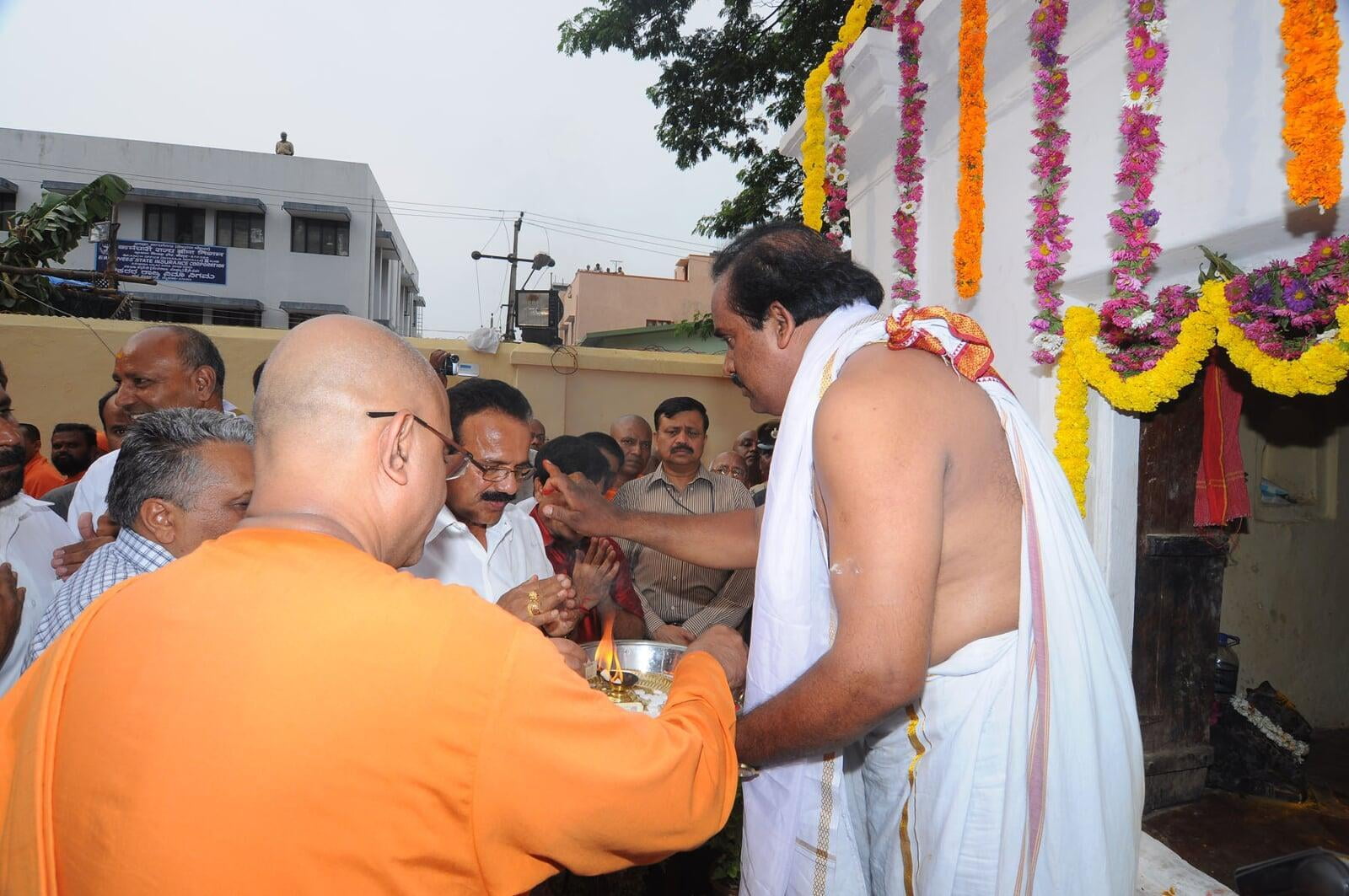
Title
Caption
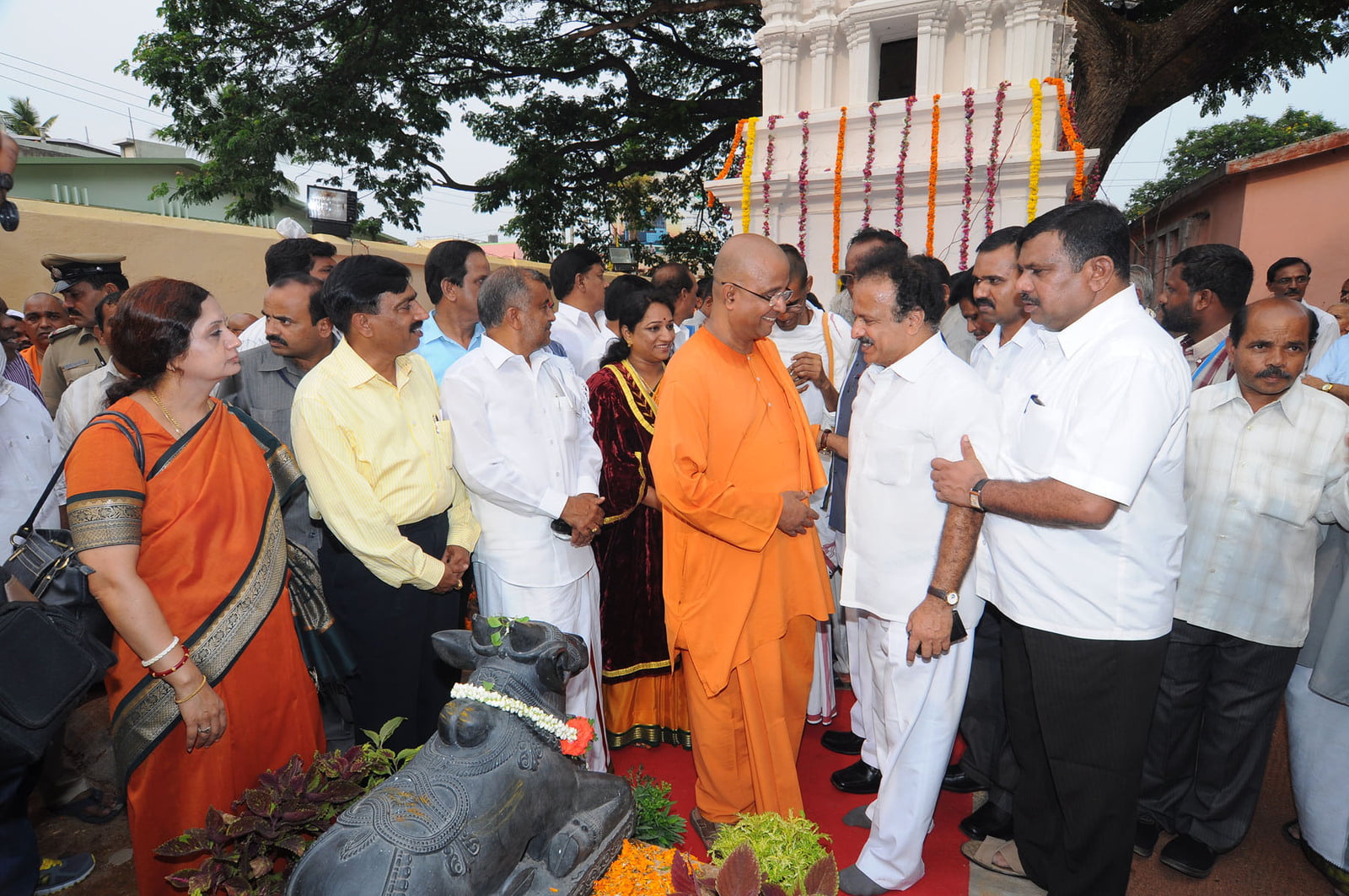
Title
Caption

Title
Caption
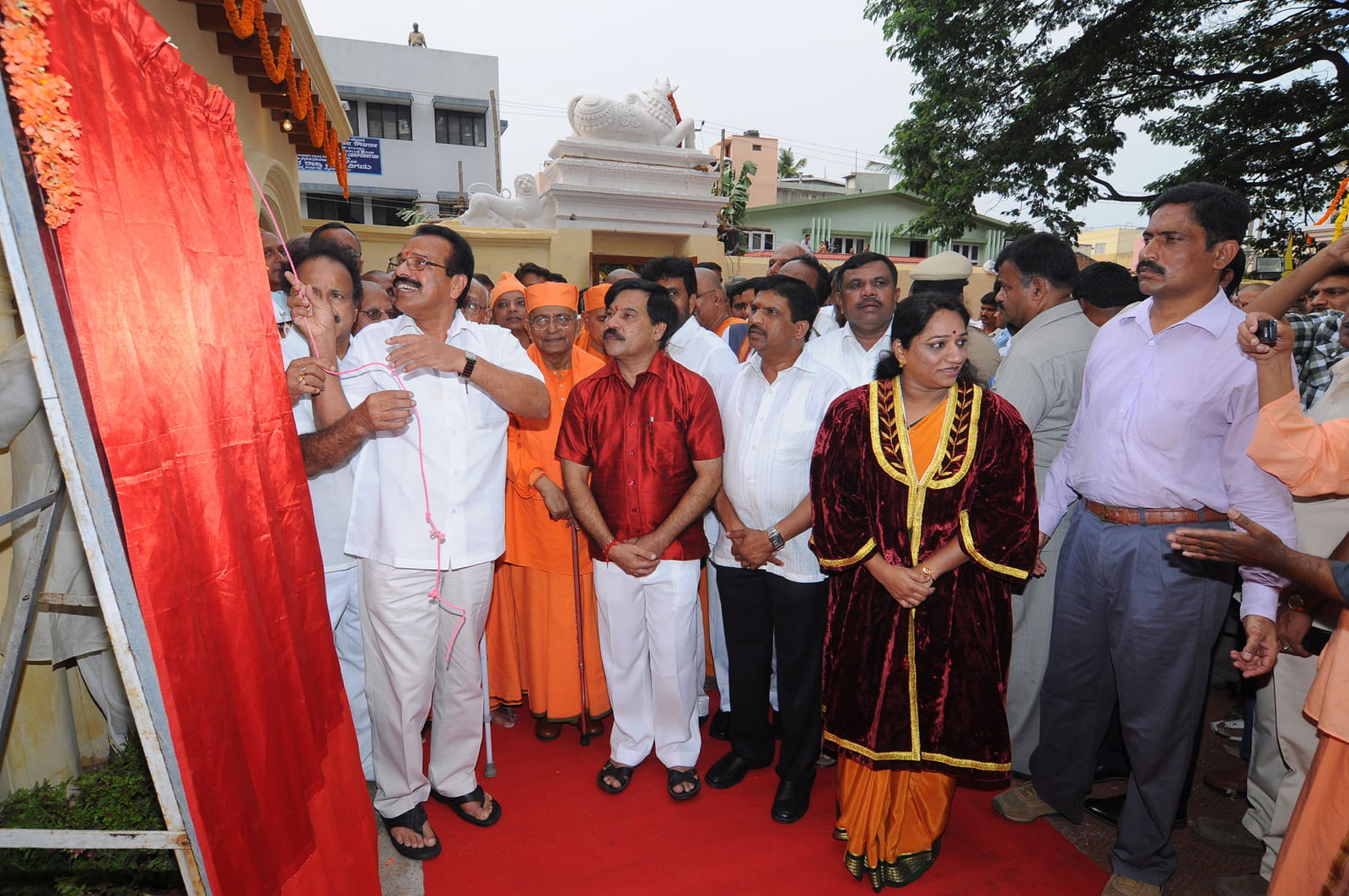
Title
Caption
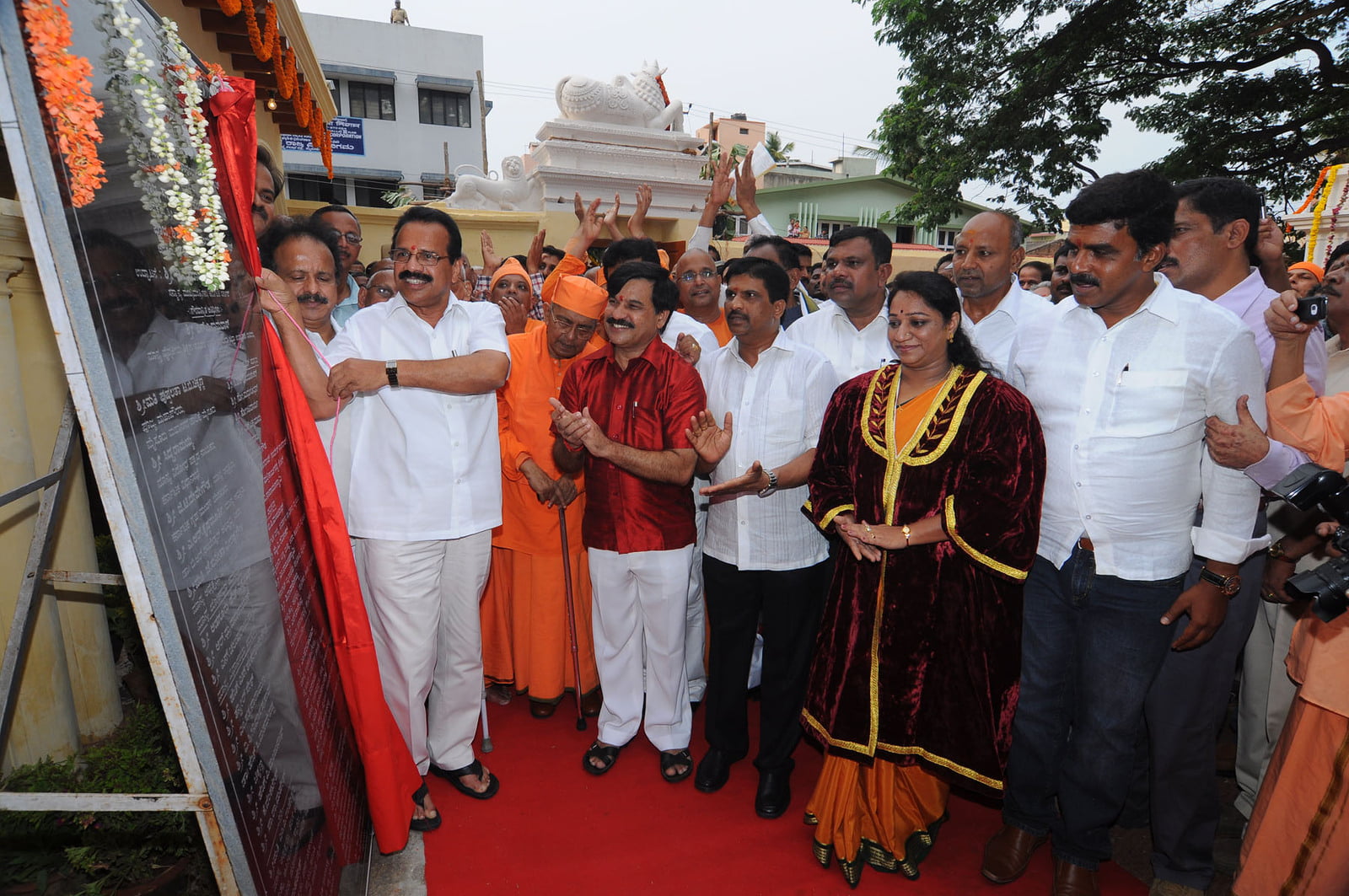
Title
Caption
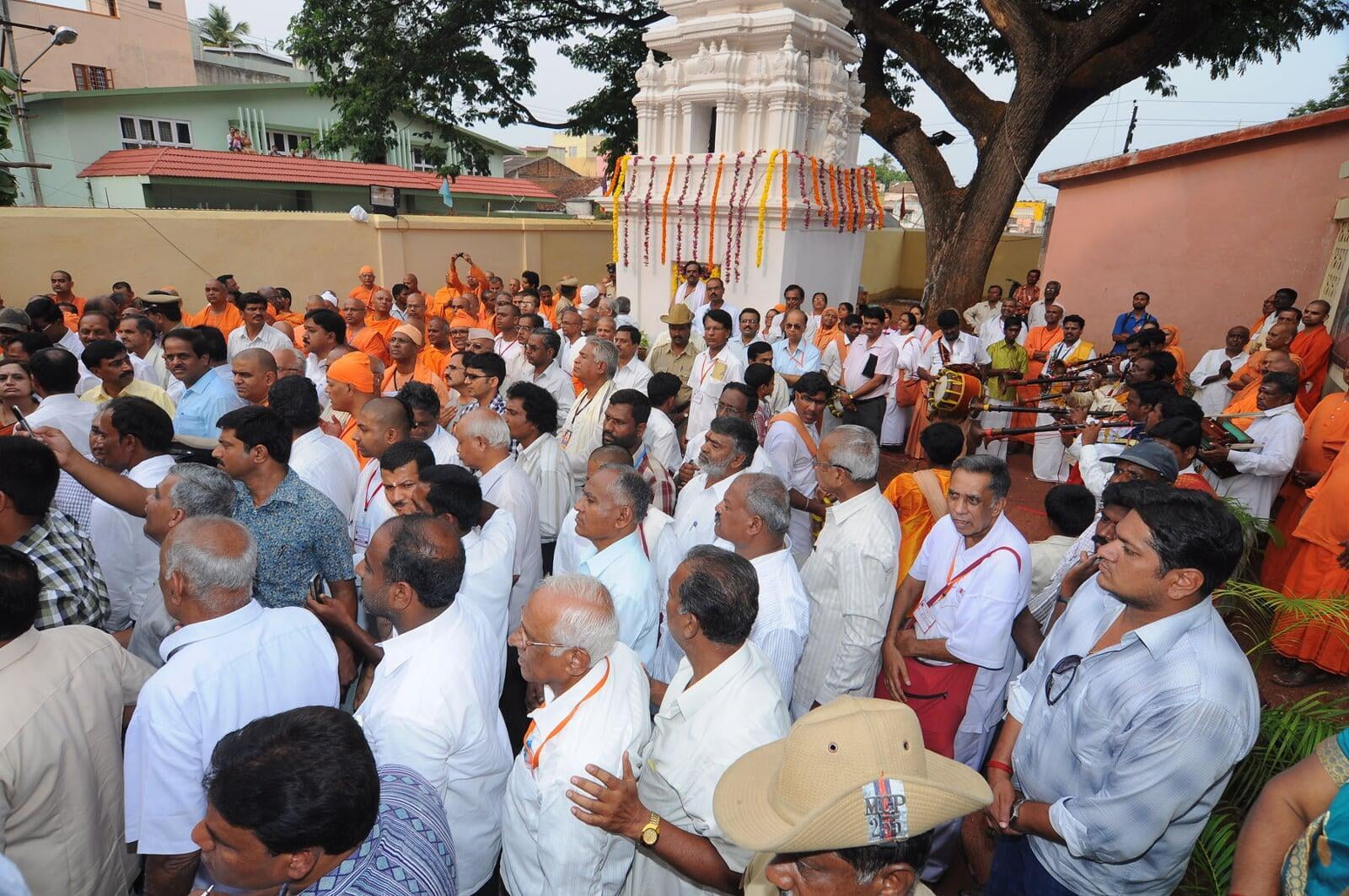
Title
Caption
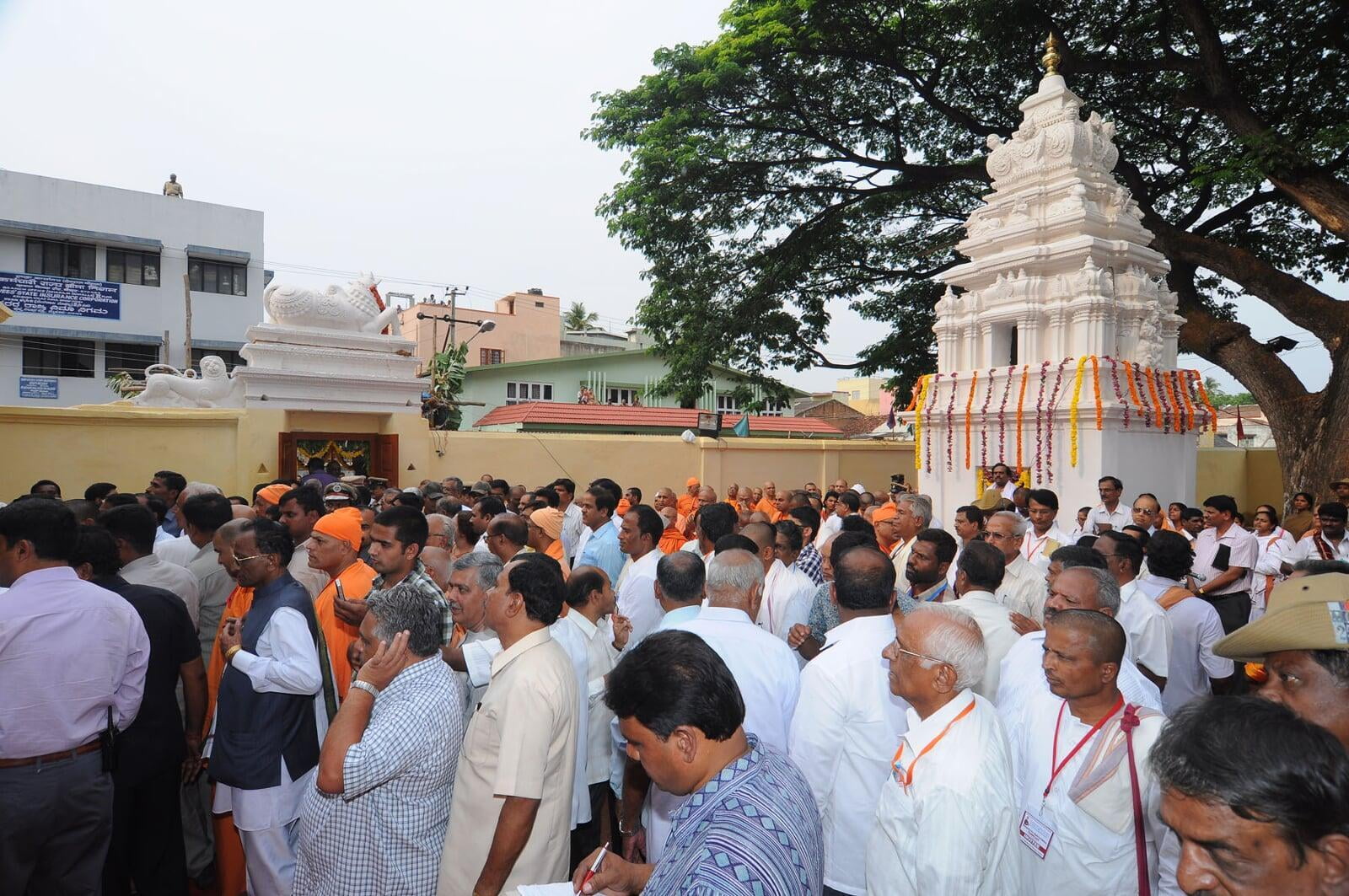
Title
Caption
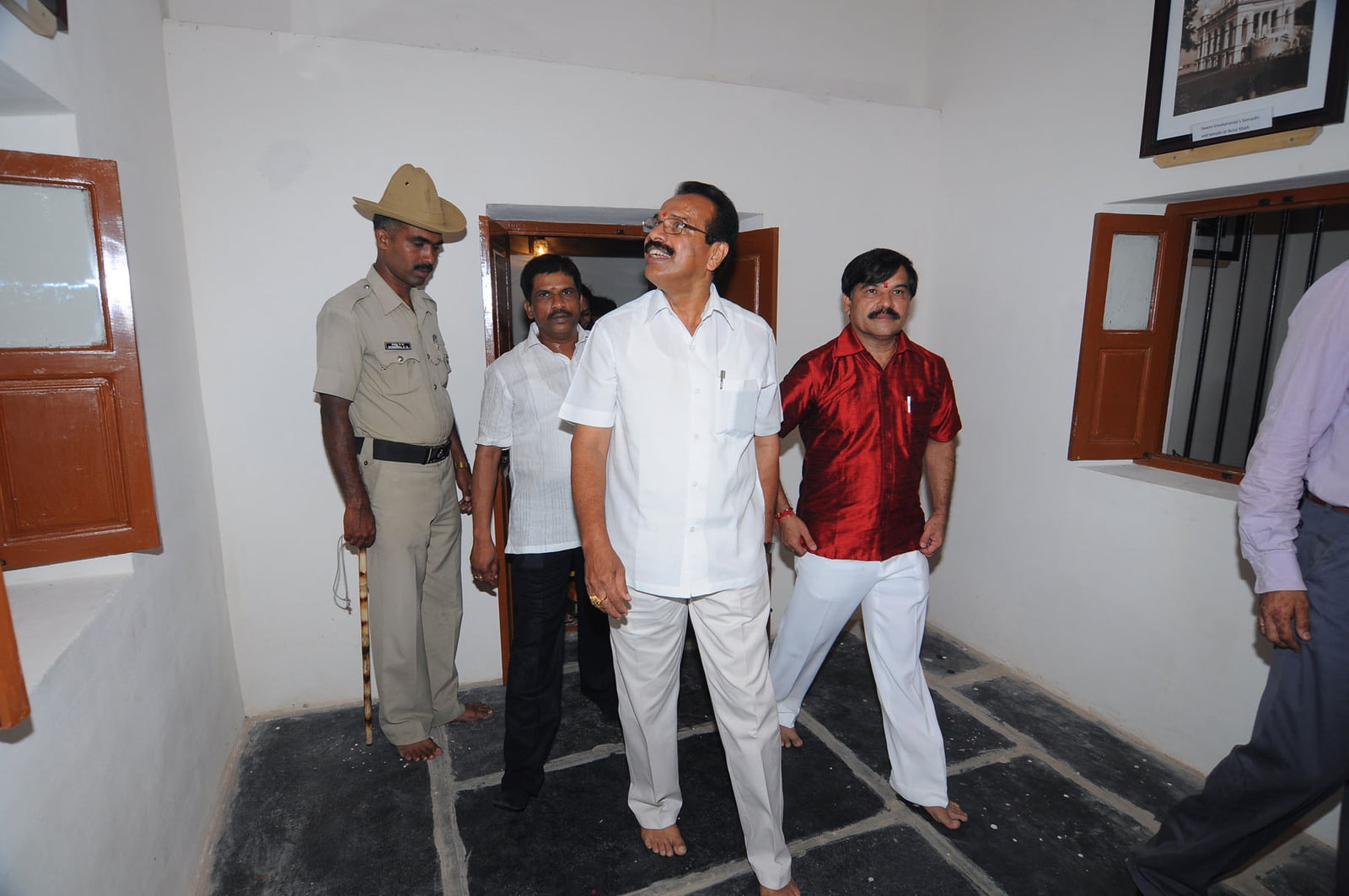
Title
Caption
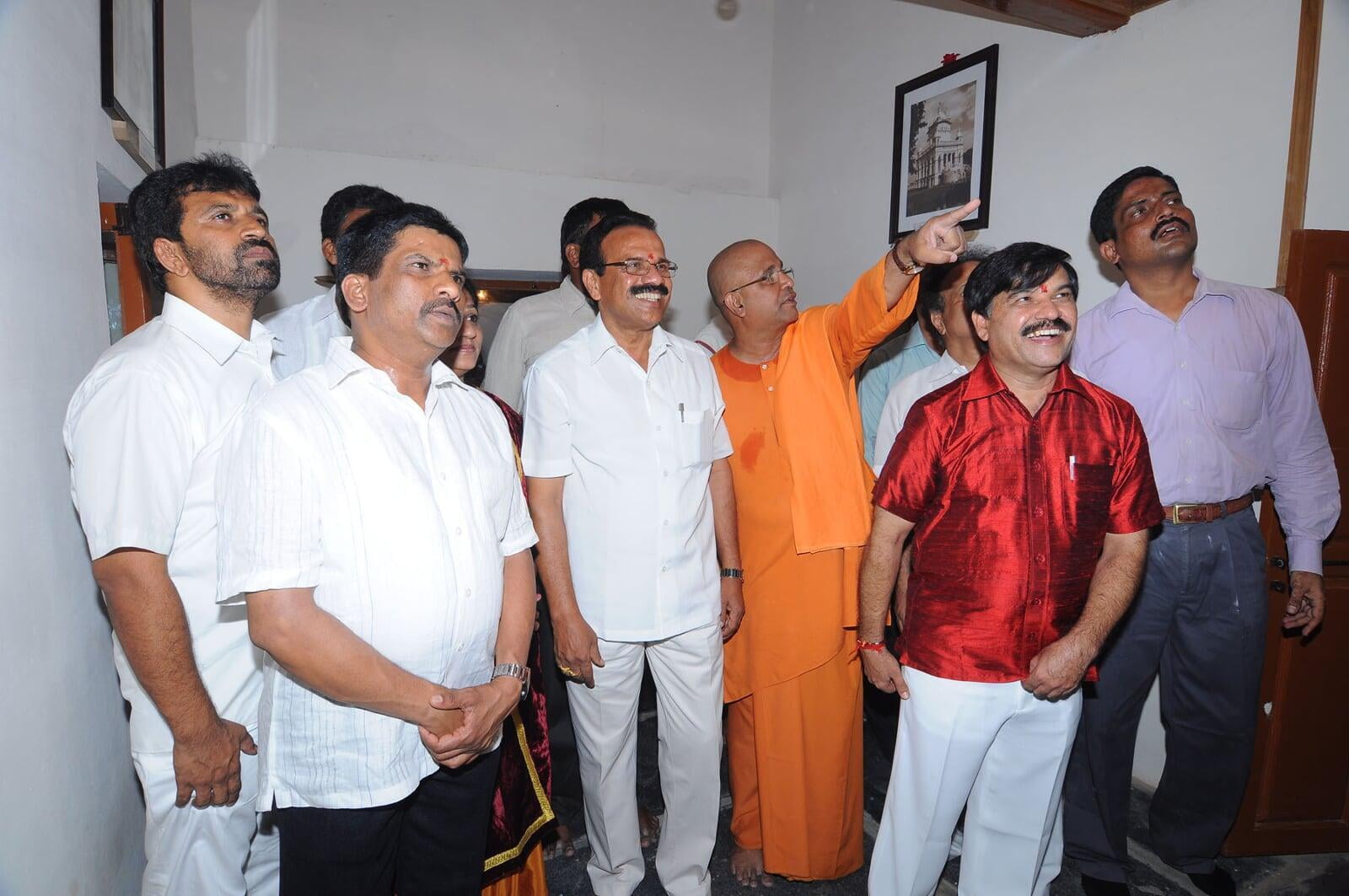
Title
Caption

Title
Caption
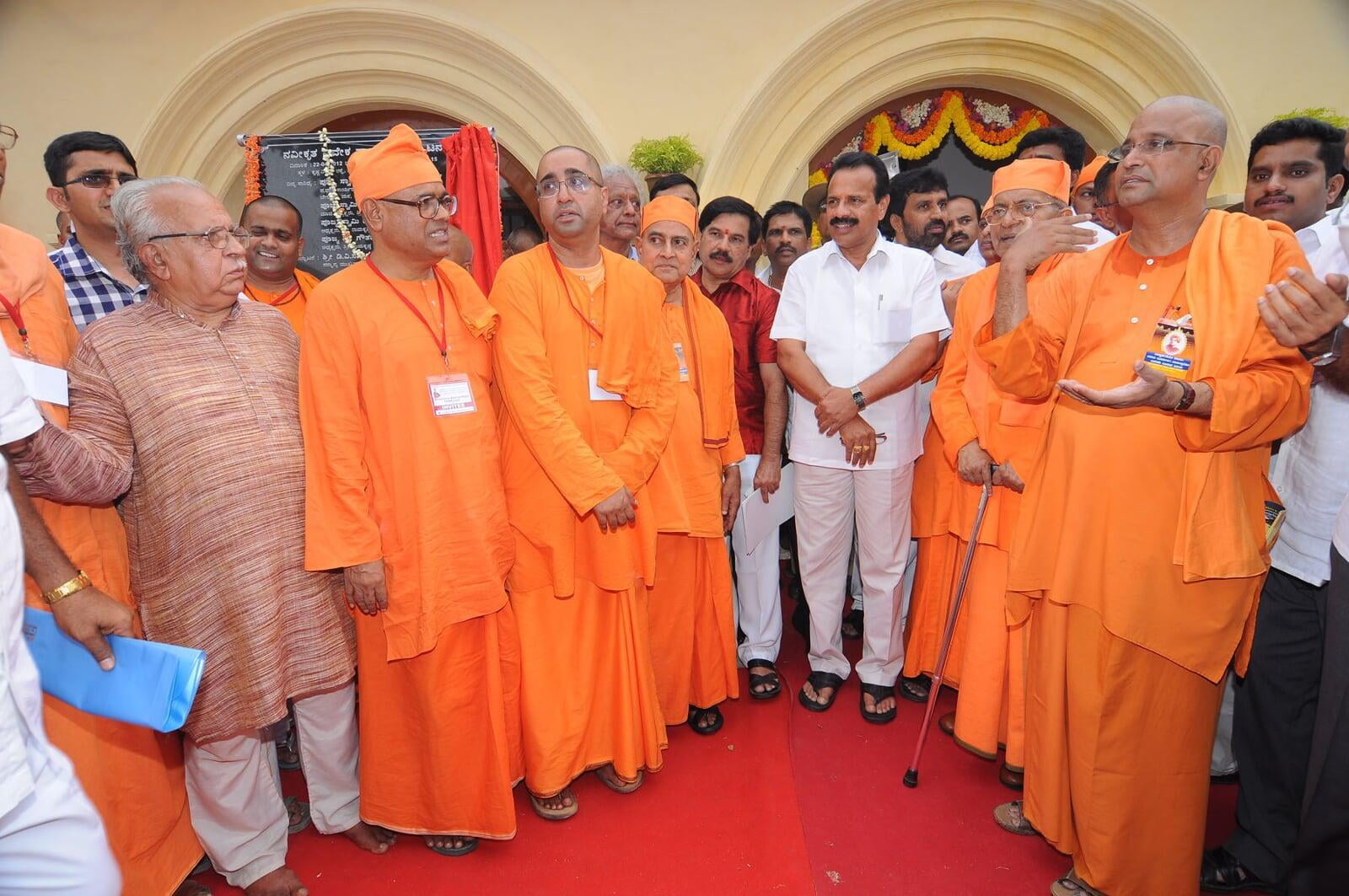
Title
Caption
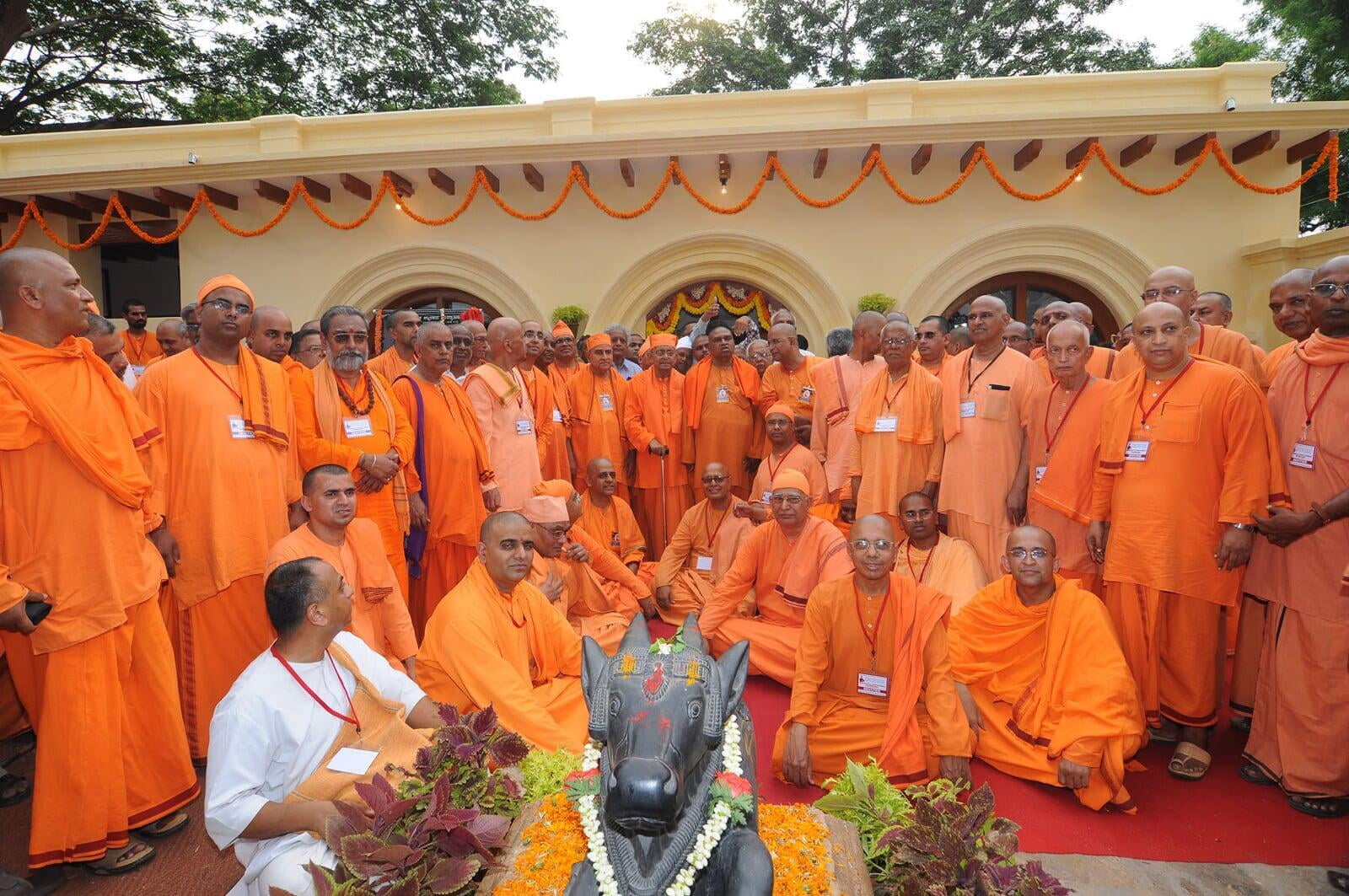
Title
Caption

Title
Caption
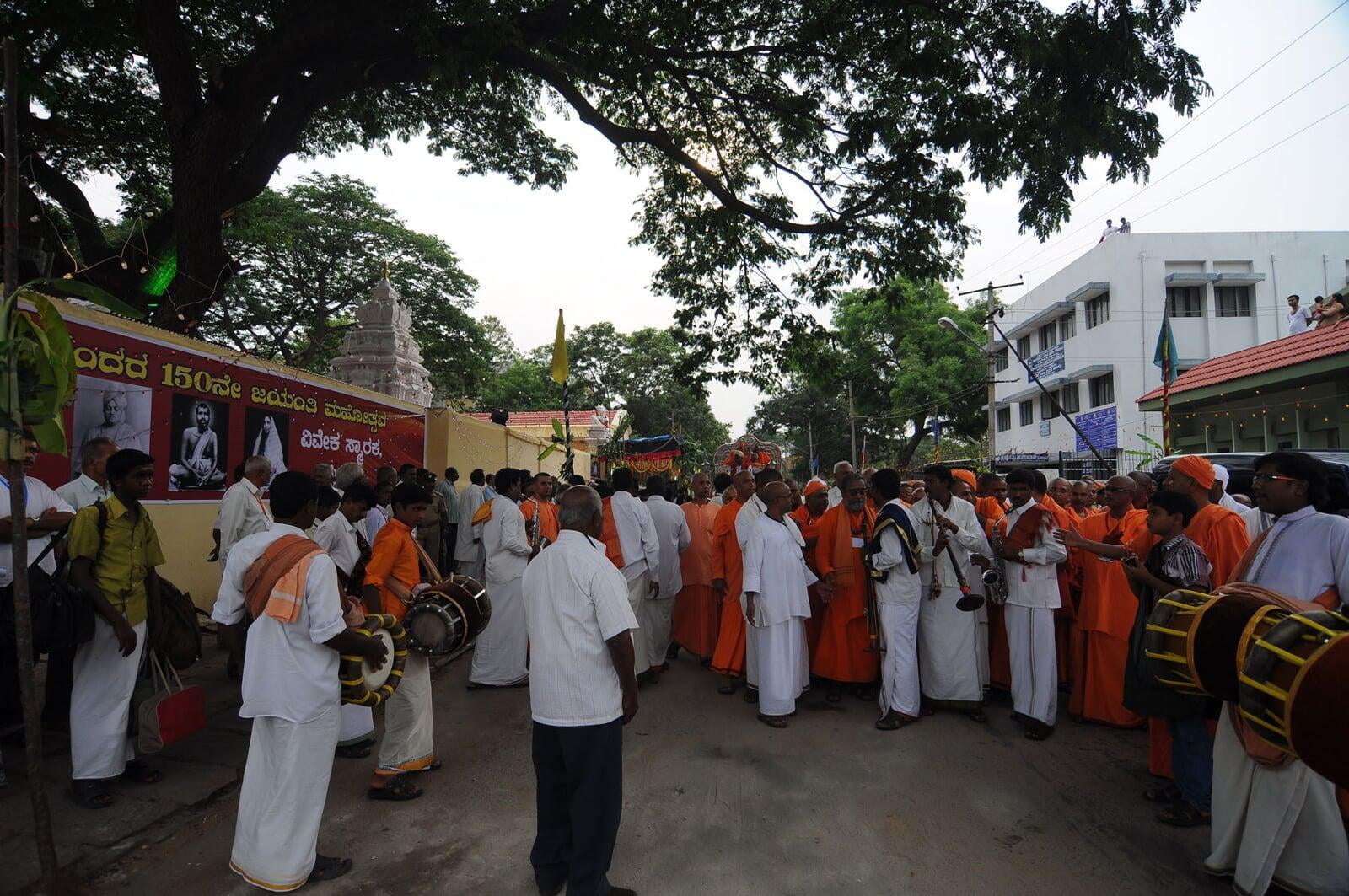
Title
Caption
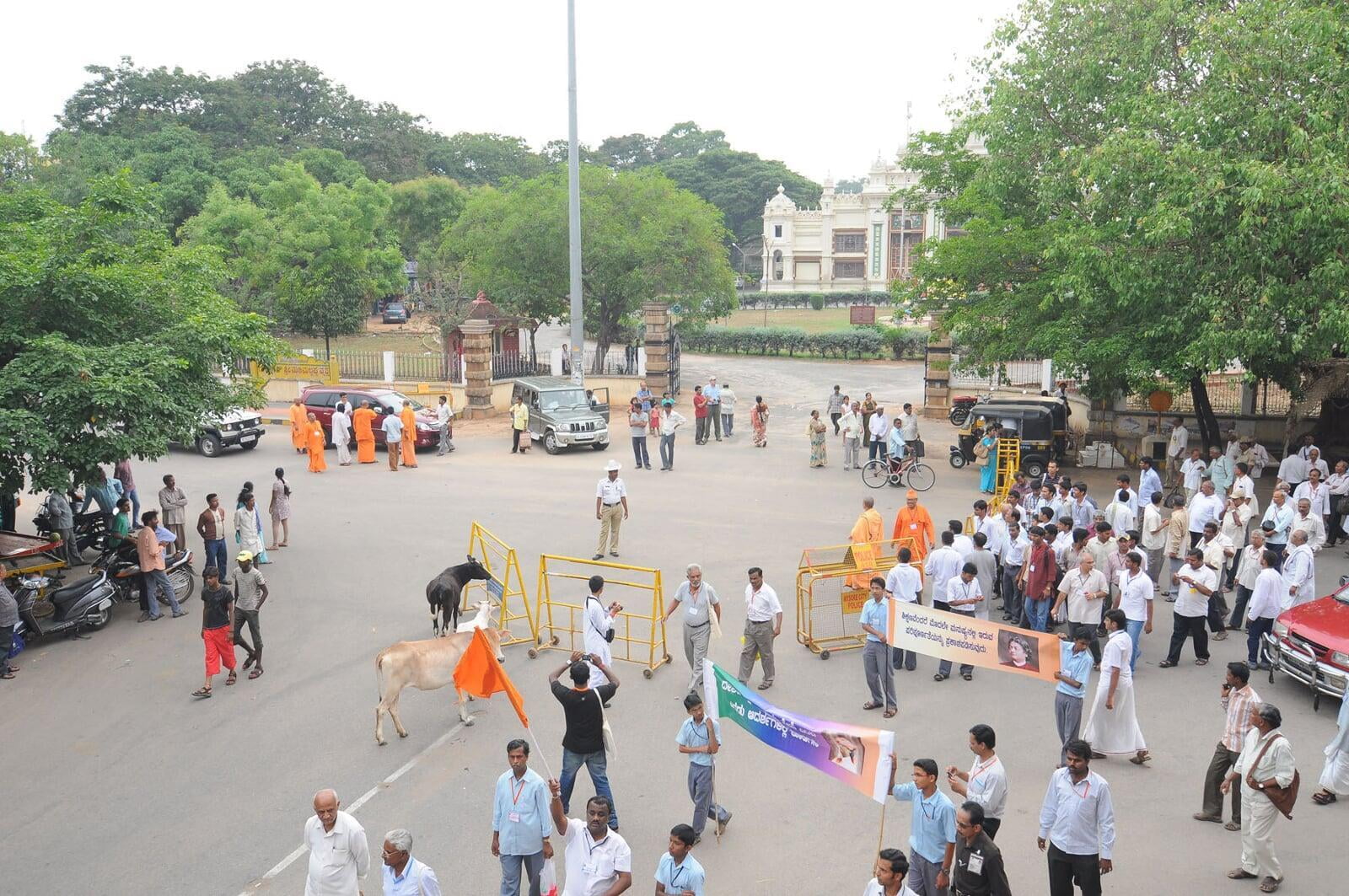
Title
Caption
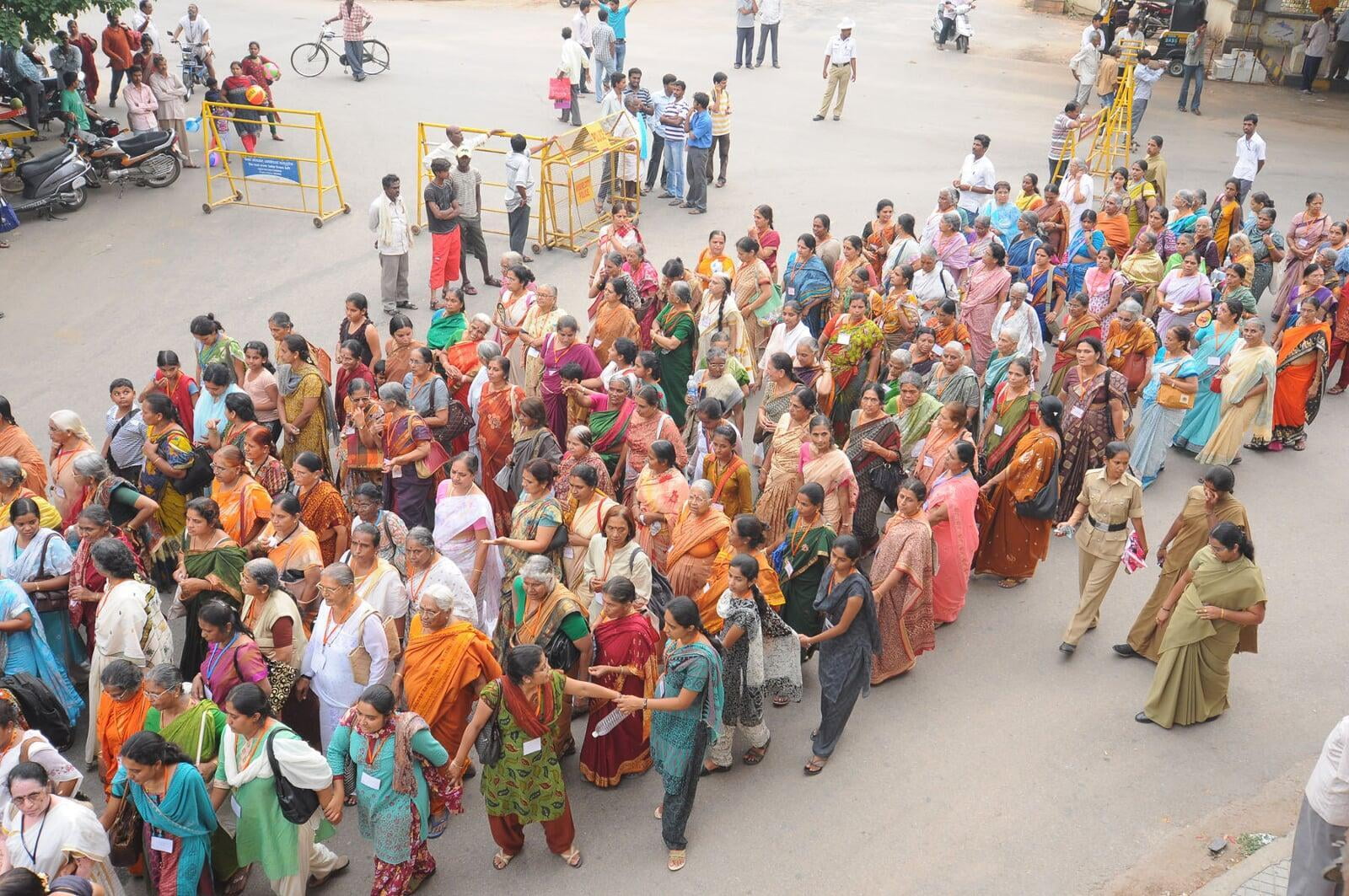
Title
Caption
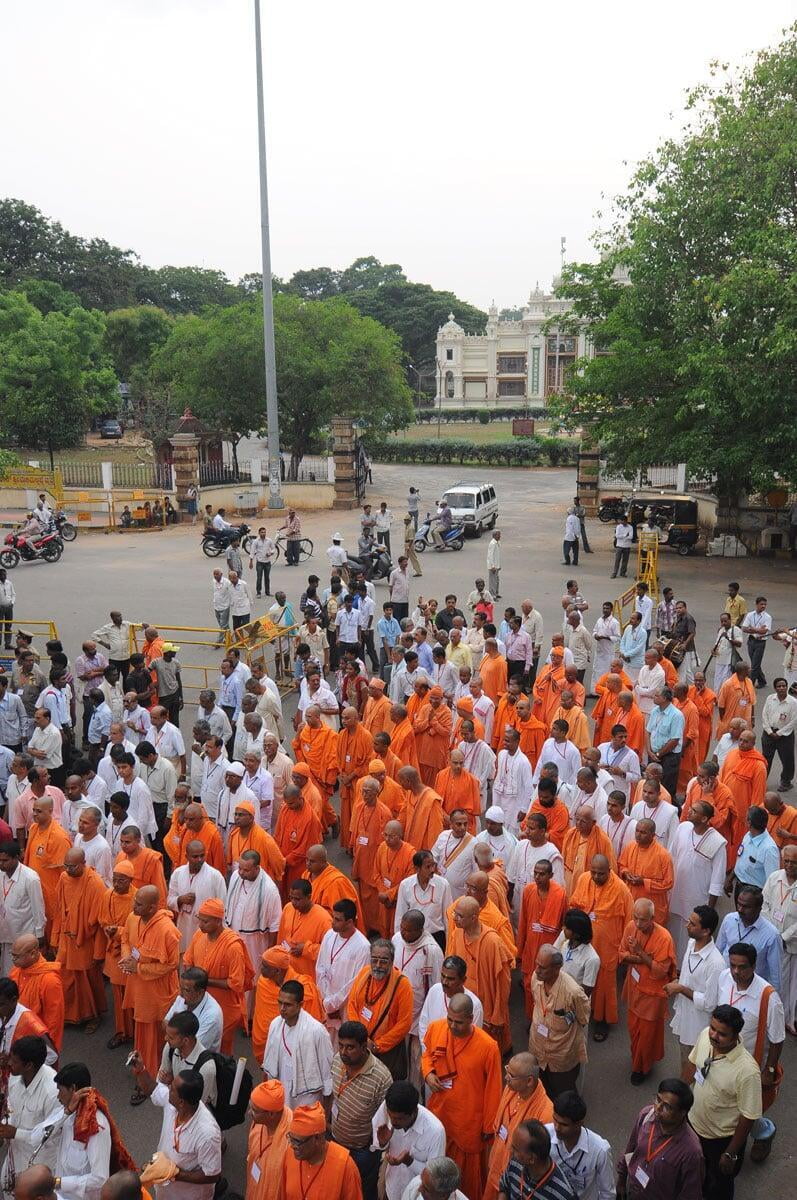
Title
Caption
